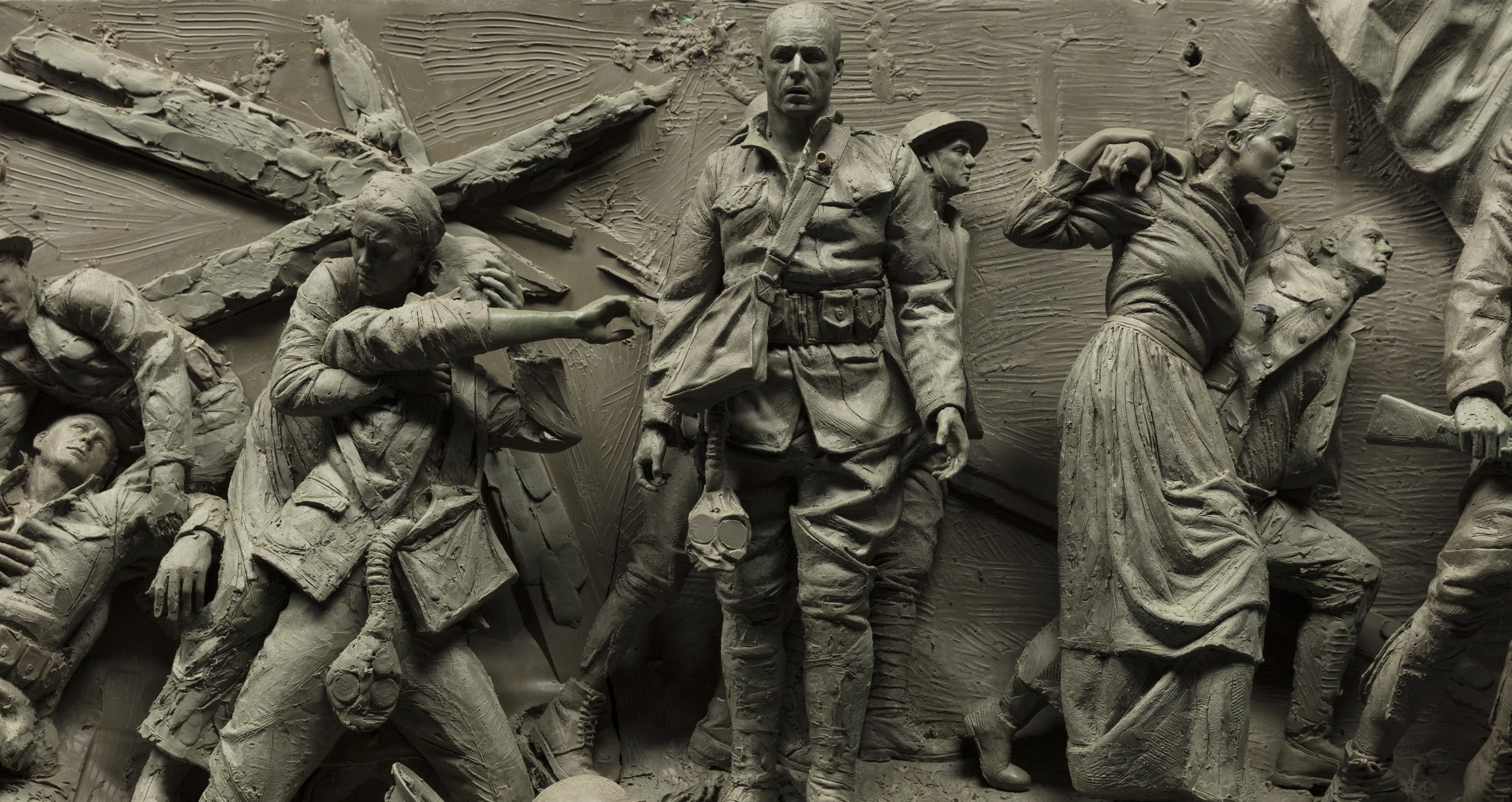On April 27 in Boston, National Civic Art Society Research Fellow Catesby Leigh will be giving a keynote address sponsored by the New England Chapter of the Institute of Classical Architectural & Art, in celebration of the 2019 Bulfinch Awards. Leigh's lecture is on the theme "Classical Sculpture: A Lost Art?"
The Greeks defined monumentality in sculpture during the fifth century, B.C., and the classical standard they established in doing so held sway well into the Christian era. That standard re-emerged during the Renaissance, but it was losing traction by the time our nation won its independence. To understand why, one must distinguish between style and content in sculpture. The high-quality classical sculpture for which the Greeks and modern masters ranging from Michelangelo to Houdon are known is very complex in its formal content. Since the late 18th century, and partly thanks to Canova's "neoclassicism," the focus has been on style at the expense of content. The advent of photography in the mid-19th century reinforced this trend, and photography's vitiating influence on the academic tradition remains as powerful as ever. It's reasonable to ask, even at a time when classical architecture is enjoying a noteworthy resurgence, whether classical sculpture, as the Greeks understood it, is a thing of the past. Even if that is so, it does not mean sculpture has not continued to play an essential role in our classical institutional buildings and monuments.
Catesby Leigh has been writing about public art and architecture for over 20 years. Particular areas of interest have been monuments (and anti-monuments), institutional buildings, urban planning, and painting and sculpture. His commentary has appeared in The Wall Street Journal, City Journal, First Things, National Review, Weekly Standard, Claremont Review of Books, Modern Age, Arts & Antiques, and other publications. Leigh is a co-founder and past chair of the National Civic Art Society. Currently an NCAS research fellow, he is working on a long-term book project concerning the nature of monumentality and its American manifestations. He lives in Washington, D.C..
To register for the event, which runs from 9:00 AM to noon, click HERE.
Video of "A Celebration of Bruce Cole and His Book 'Art from the Swamp'"
The National Civic Art Society, along with the Ethics and Public Policy Center and Encounter Books, co-sponsored this panel discussion in celebration of Bruce Cole and his posthumously published book Art from the Swamp: How Washington Bureaucrats Squander Millions on Awful Art. Cole was chairman of the National Endowment of the Humanities from 2001 to 2009, and he was a member of NCAS's Board of Advisors.
Panelists:
Roger Kimball, publisher of Encounter Books and editor of The New Criterion
Catesby Leigh, National Civic Art Society Research Fellow
Justin Shubow, President of the National Civic Art Society
Moderator: Ed Whelan, President of the Ethics and Public Policy Center
Date: January 14, 2019
Location: Cosmos Club, Washington, D.C.

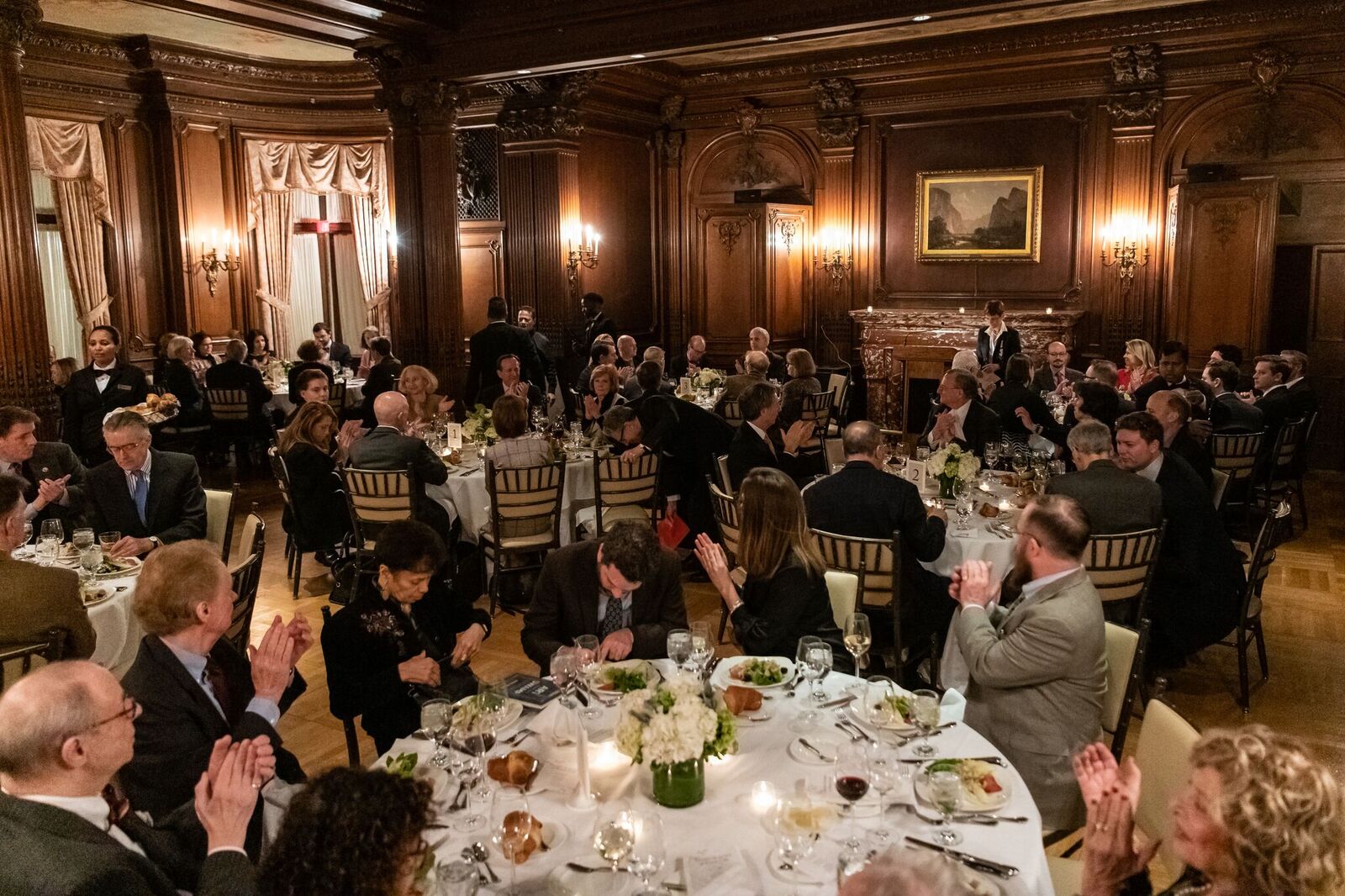
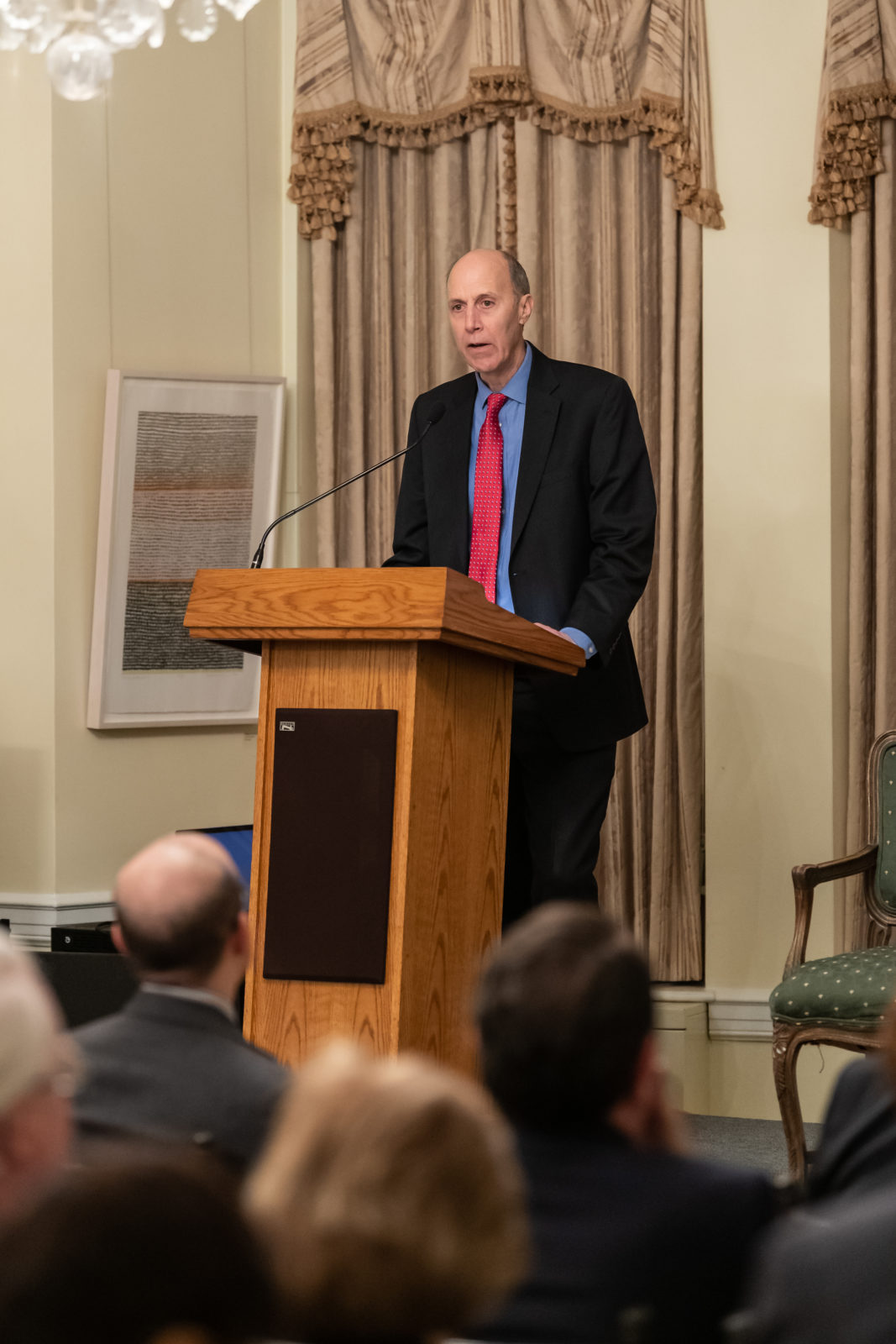

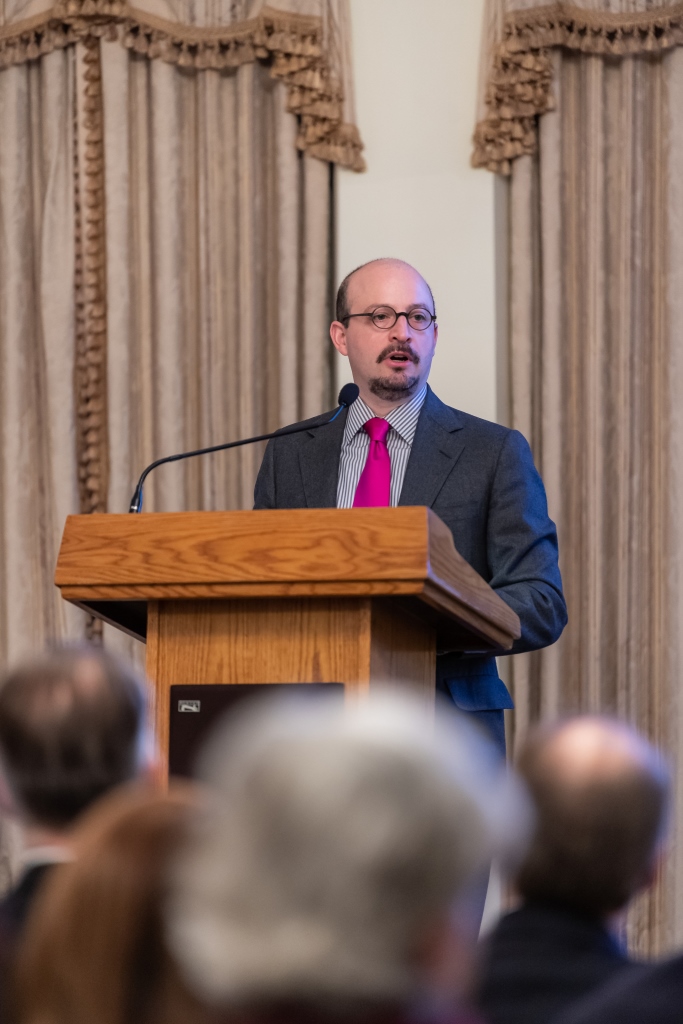
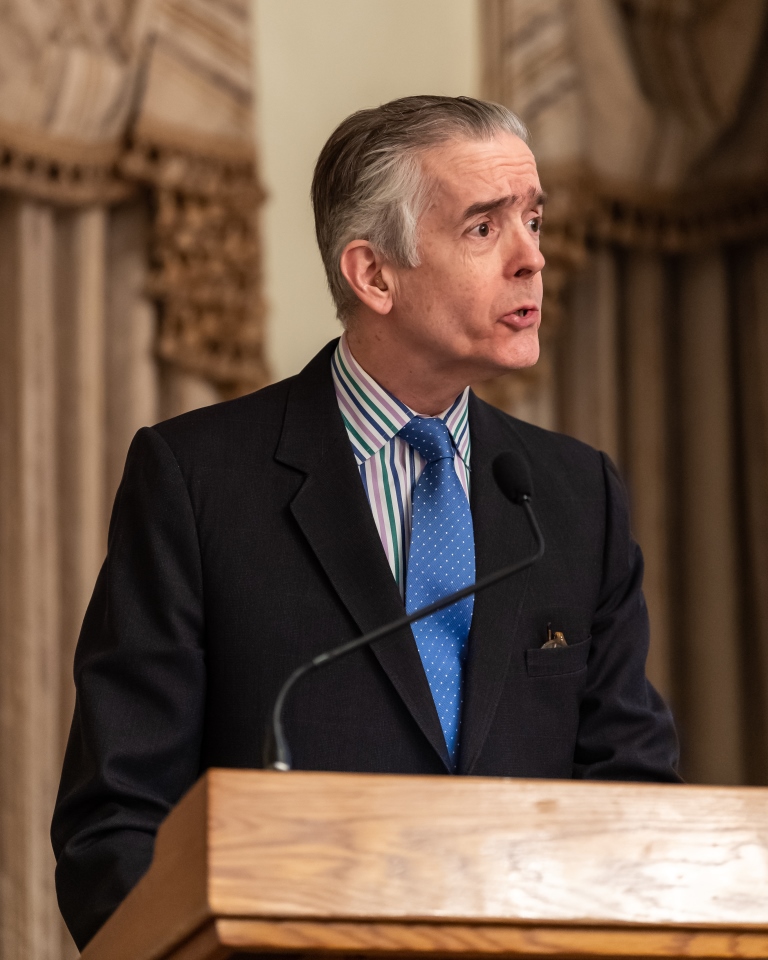


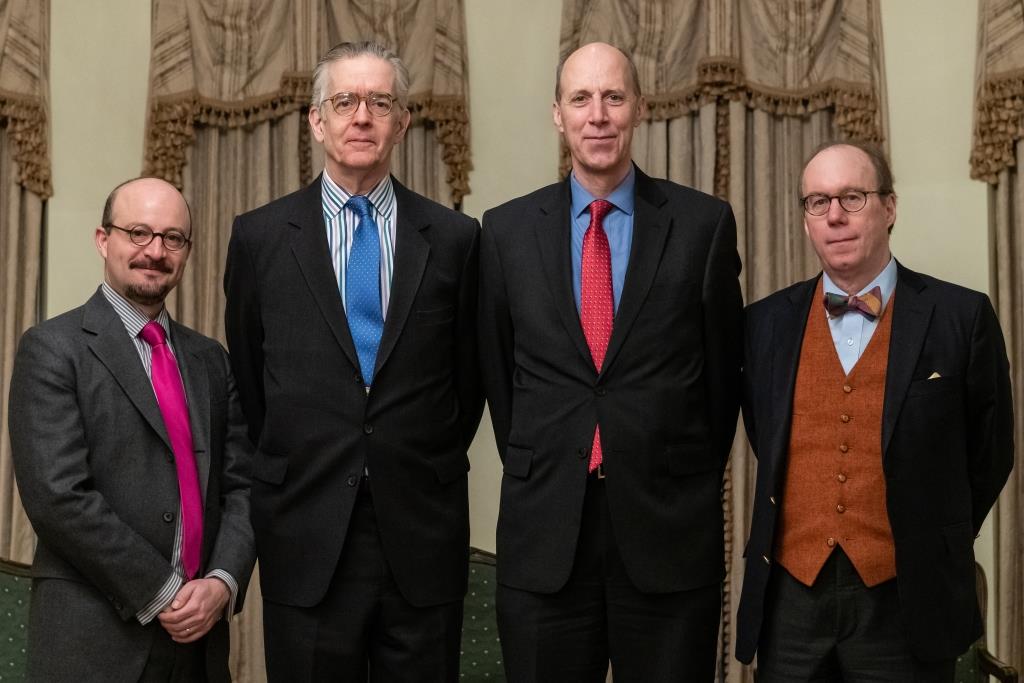
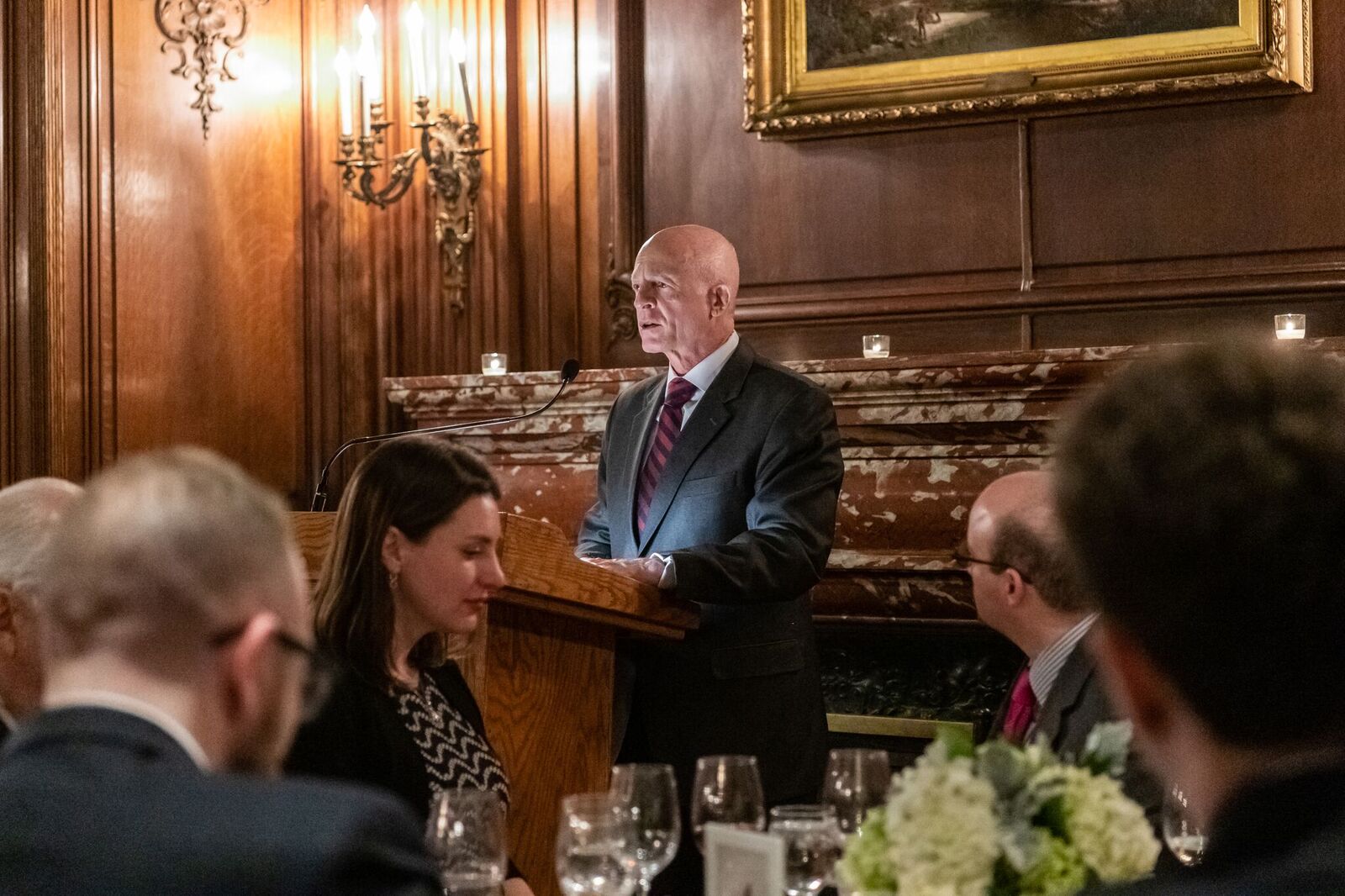



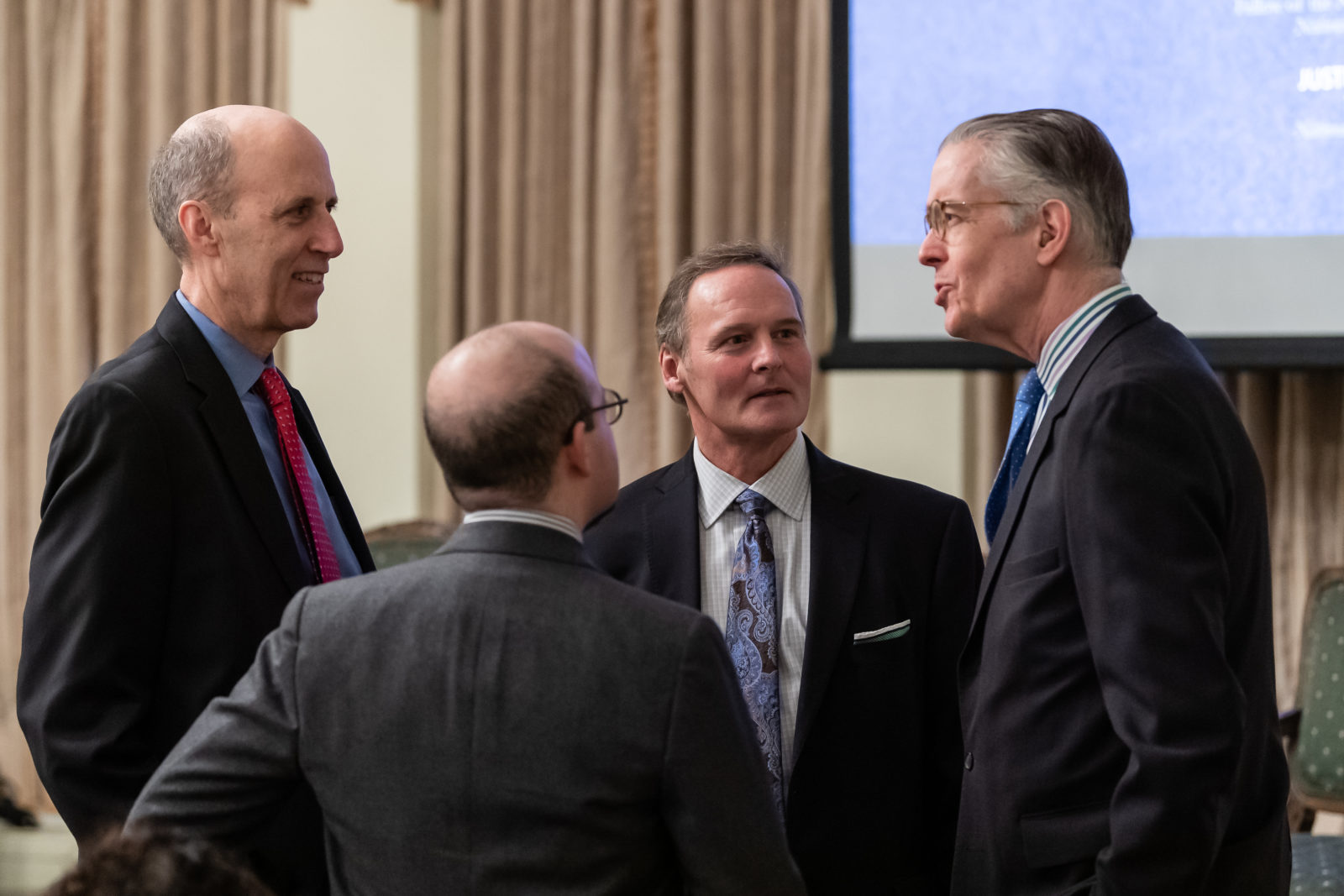
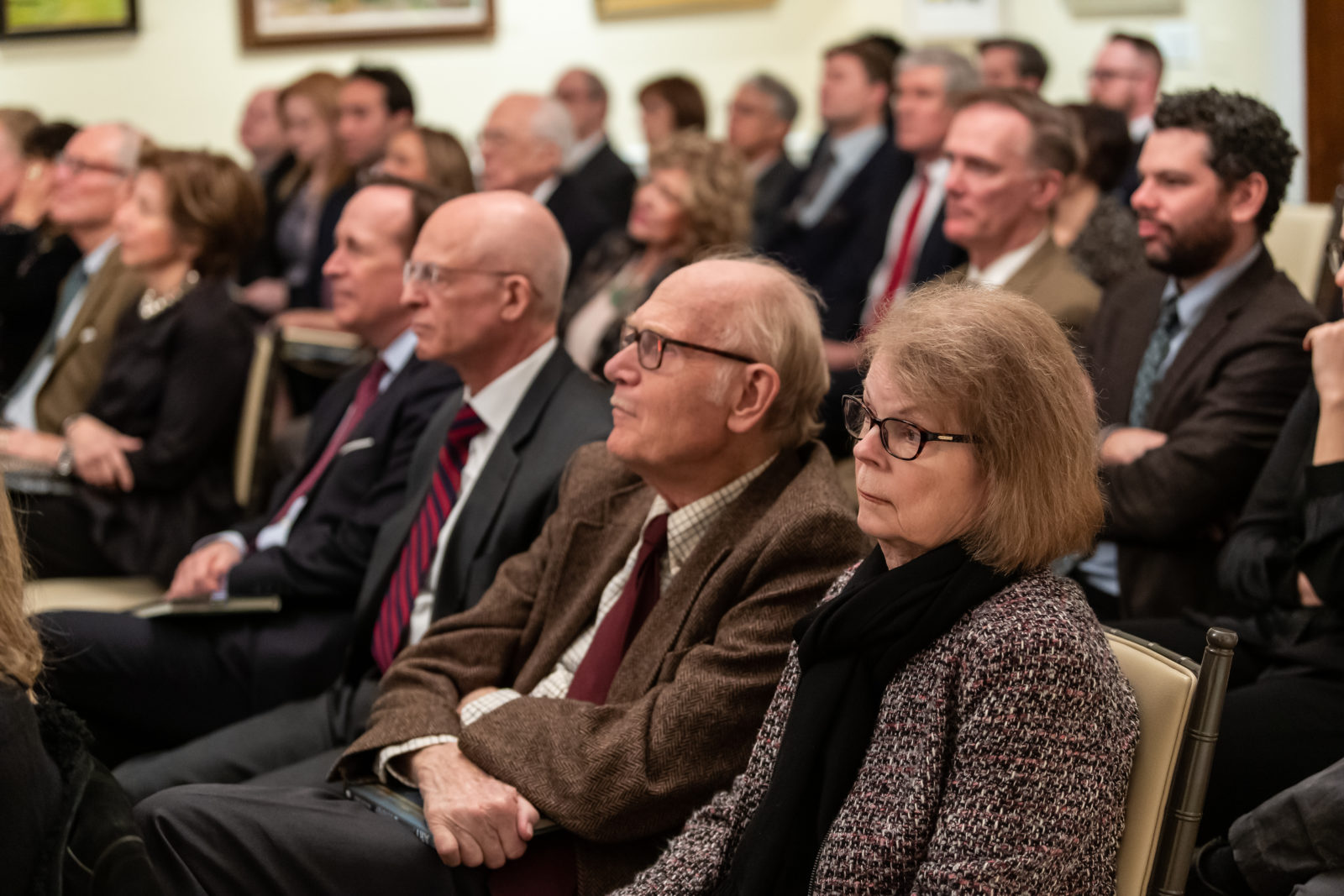

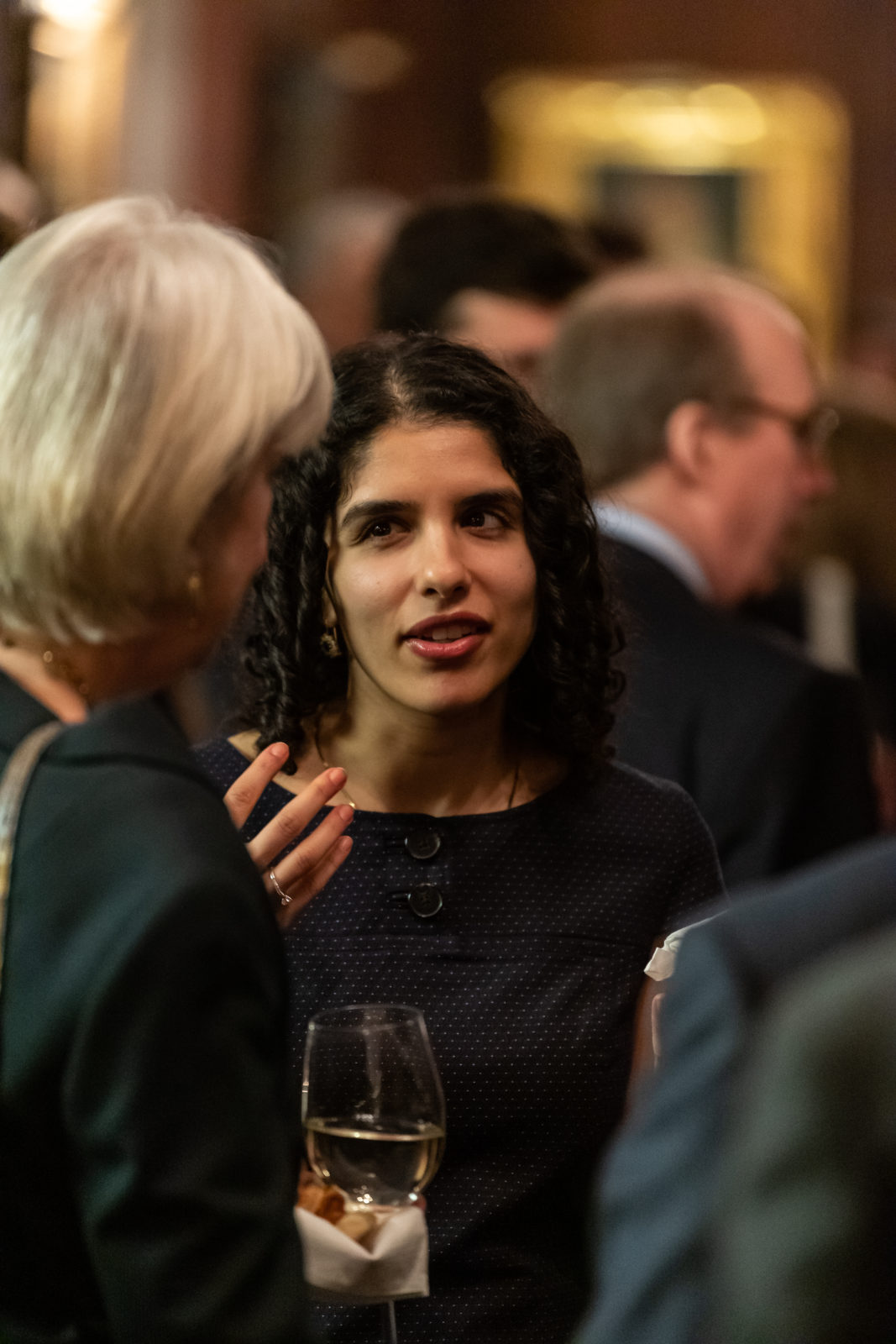




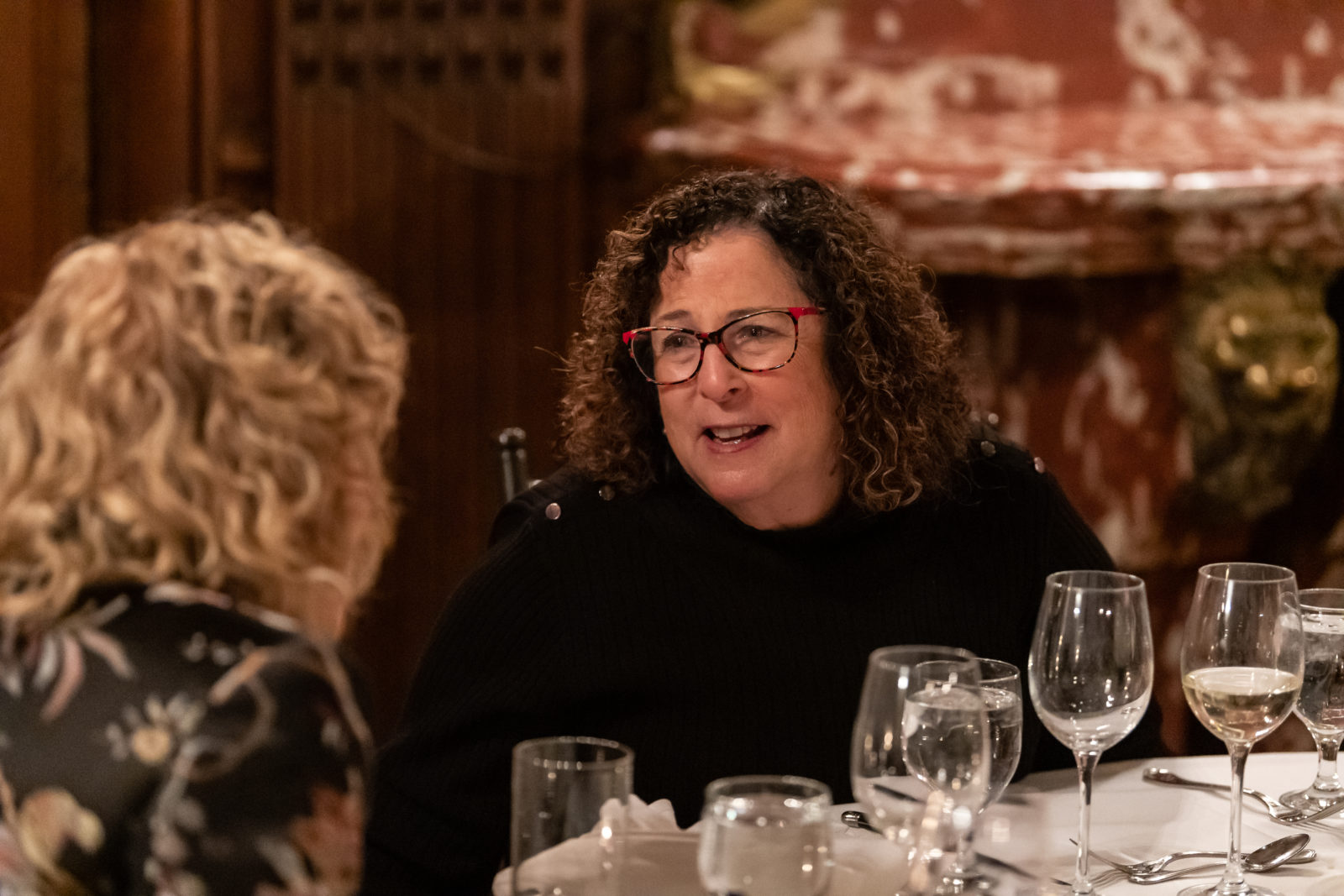



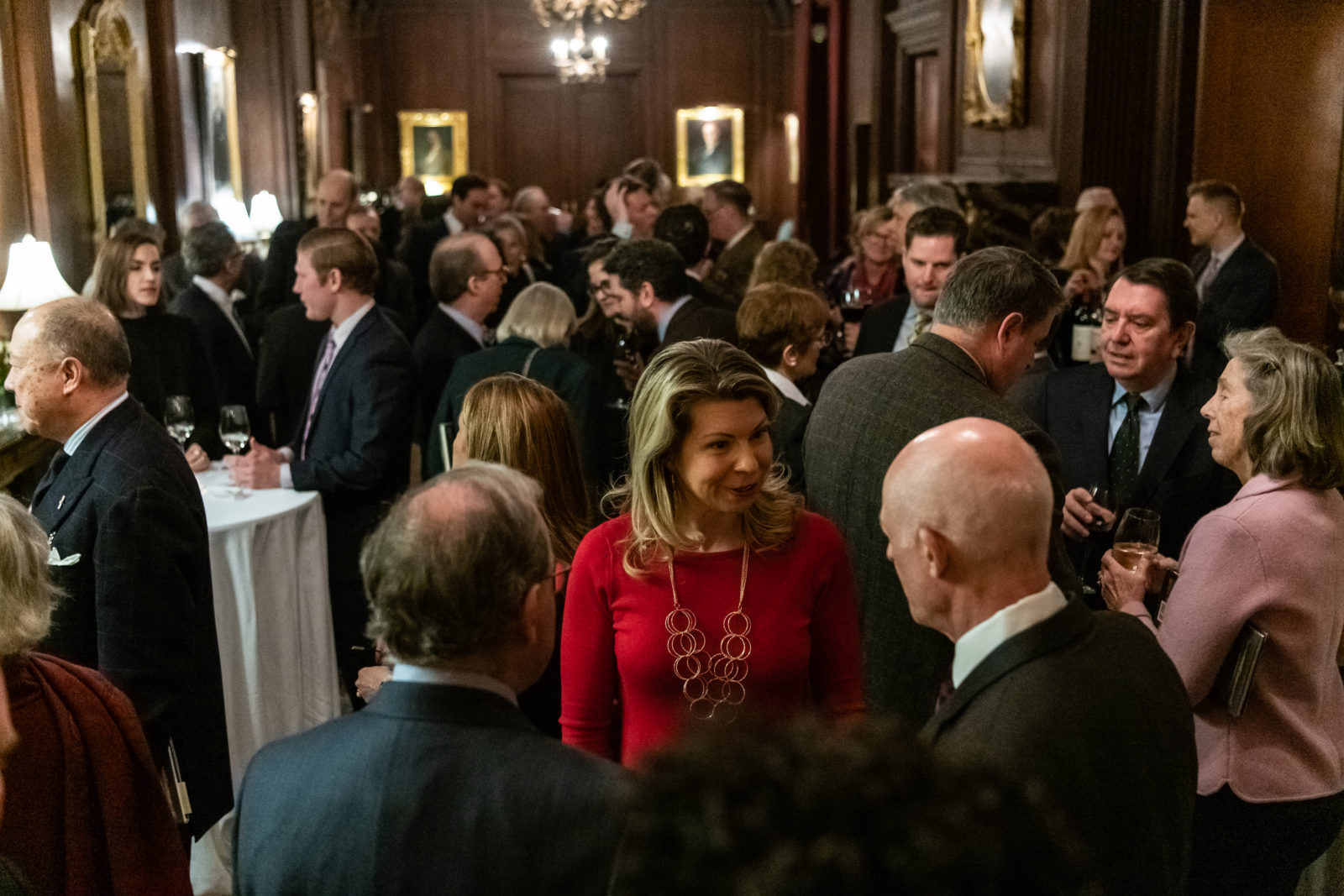
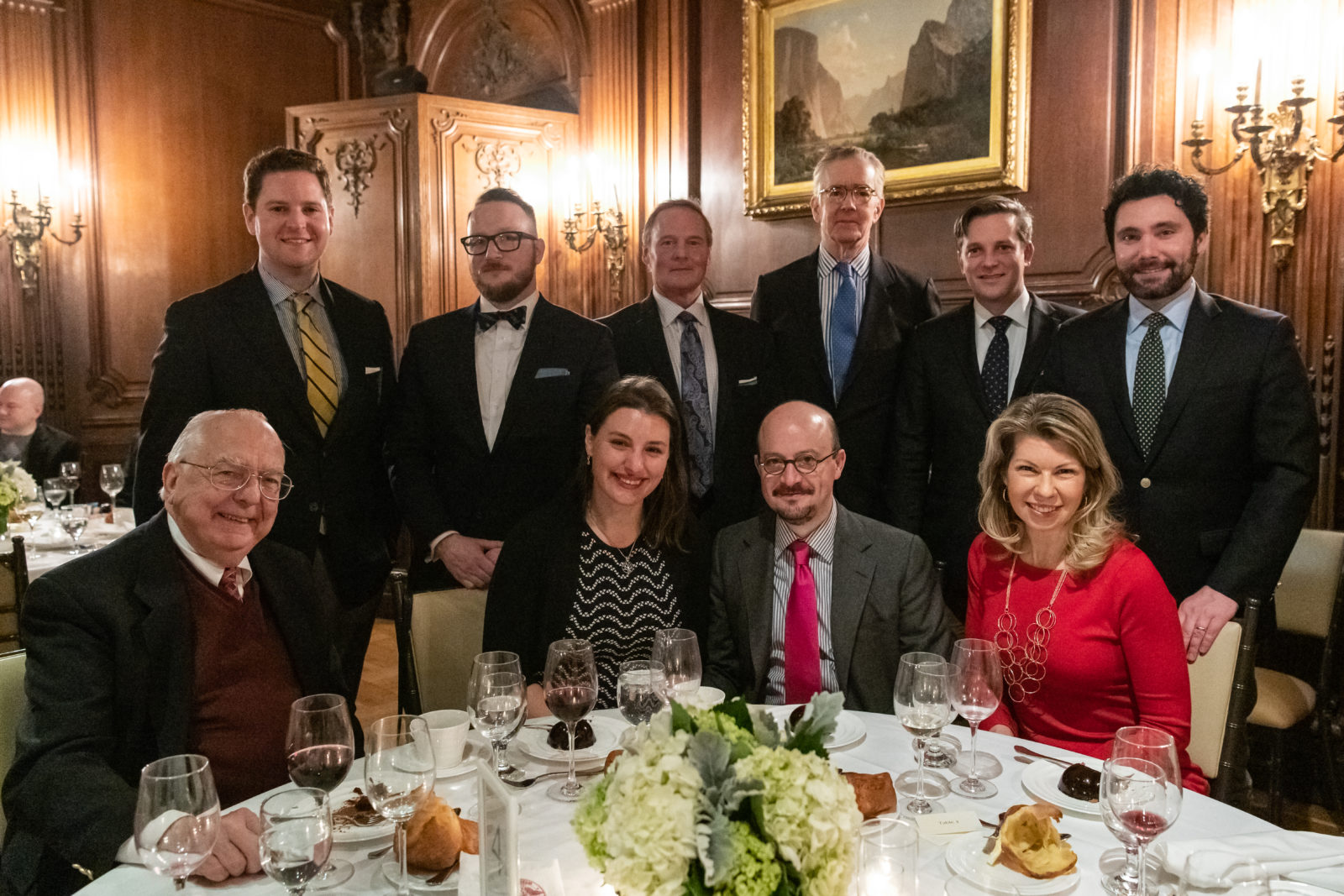
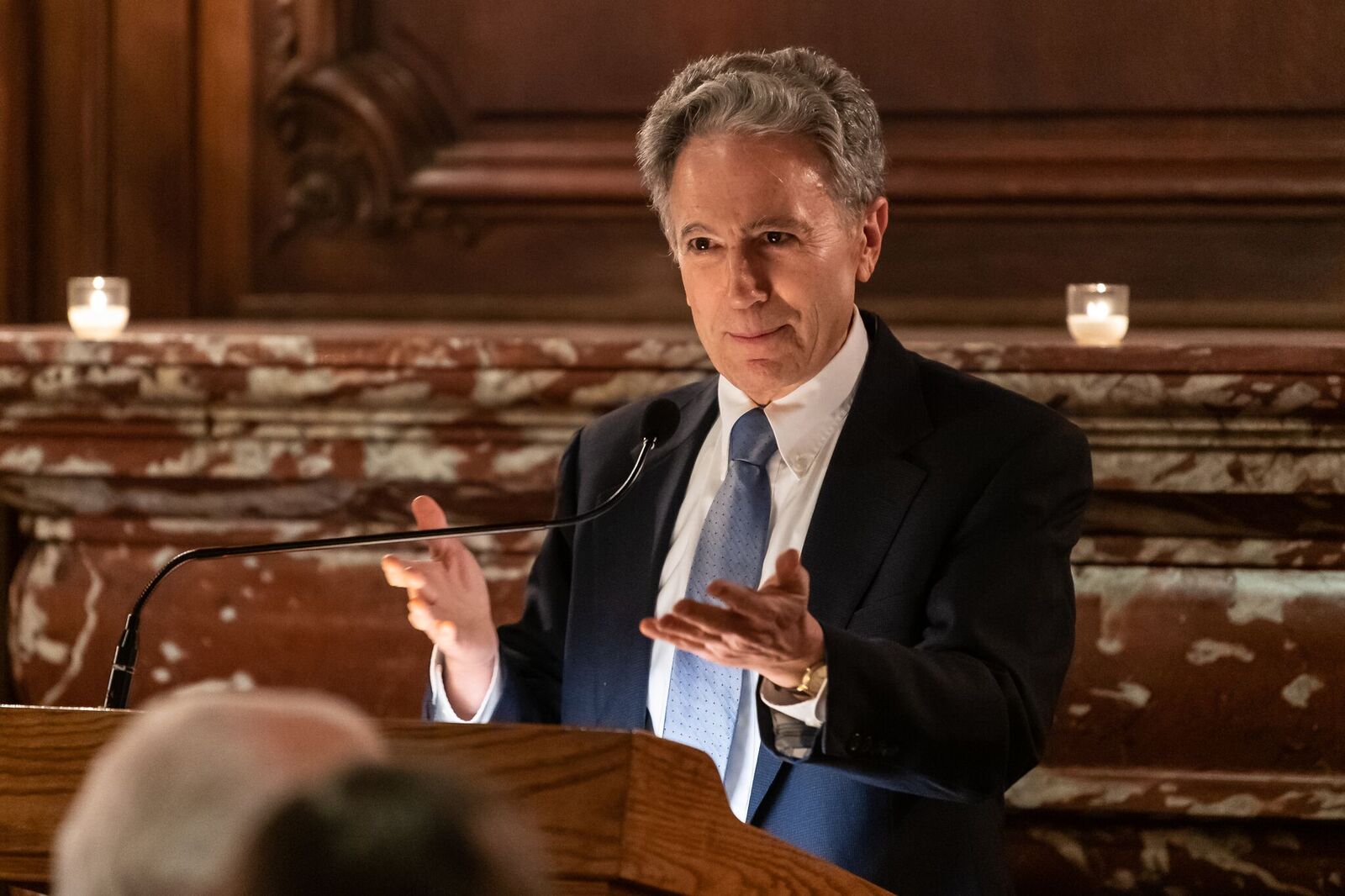

Video of "The Future of Penn Station"
Video of “The Future of Penn Station” discussion co-hosted by Agora and Rebuild Penn Station: a project of the National Civic Art Society.
Everyone agrees that New York's Penn Station is an utter disaster and embarrassment to the city. The depot is ugly, cramped, dark, dangerous, difficult to navigate, and plagued by train delays. Are we capable of building a world-class station for a world-class city? Should we leave Madison Square Garden in place and add a glass wall to the station on 8th Avenue? Should we rebuild the original Beaux-Arts station? Is there a way to improve train traffic and passenger circulation?
In partnership with Rebuild Penn Station: a project of the National Civic Art Society, Agora presented "The Future of Penn Station," an evening addressing various proposals to fix the station. The event took place on October 24, 2018 at the W83 Ministry Center in New York City.
Watch the video HERE.
PANEL OF SPEAKERS
Kevin Baker is a New York-based writer who is the author of numerous fiction and non-fiction books, including the City of Fire trilogy, the middle volume of which won the 2003 James Fenimore Cooper Prize for Best Historical Fiction and the 2003 American Book Award. He is a regular contributor to Politico, The New Republic, The New York Times, and The New York Times Book Review. He is a contributing editor to Harper's magazine.
Richard Cameron is a principal designer at Atelier & Co. in Brooklyn. He is the co-founder of both the Institute of Classical Architecture & Art and The Beaux-Arts Atelier, an educational platform for practicing architecture as a fine art. In 2013 he received The Arthur Ross Board of Directors Honor Award from the ICA&A.
Wally Rubin has been District Manager of Manhattan's Community Board Five for eleven years. During that time, he has worked on the five year Greater East Midtown rezoning effort, the current Garment Center rezoning, the various efforts around the West Midtown Transit Corridor (including Penn Station and the Port Authority Bus Terminal), the growth of the pedestrian plazas, and all the other issues that have shaped the central business district over the last decade. Earlier, Rubin worked as Director of Theatre for the Mayor's Office of Film, Theatre and Broadcasting, for Borough President Ruth Messinger, and as an aide to Congressman Ted Weiss.
Dani Simons is Vice President for Strategic Communications at the Regional Plan Association. She oversaw the rollout of RPA's Fourth Regional Plan, and is working with RPA staff and partners to create a communications strategy to speed the implementation of the plan’s recommendations. She previously served as the global head of communications for Motivate, a global leader in bike share and was part of the launch team for Citi Bike, the largest and most successful bike share program in the western world.
Samuel Turvey is Chairman of the Rebuild Penn Station Steering Committee. He is a native New Yorker and daily Penn Station commuter from Northern New Jersey. A long-time community activist and participant in charitable causes, he founded and produced the Charlie Parker Jazz Festival in Manhattan’s Tompkins Square and Marcus Garvey Parks. He is a trustee of the National Jazz Museum in Harlem and the John Noble Museum of Maritime Art on Staten Island. Turvey is a Regulatory and Compliance attorney at TIAA.
MODERATOR: Justin Shubow is President of the National Civic Art Society, a non-profit organization that promotes the classical and humanistic tradition in public art and architecture. He is a Commissioner on the U.S. Commission of Fine Arts.
Video of Catesby Leigh on "Wethersfield, Manhattan, and the Humanist Prospect"
On August 18, 2018, architecture critic Catesby Leigh delivered a lecture on "Wethersfield, Manhattan, and the Humanist Prospect." Leigh is a Research Fellow of the National Civic Art Society, which sponsored the event at the Wethersfield Estate in Amernia, New York.
Chauncey Devereux Stillman built the original part of Wethersfield House in 1940, at the close of a long period in which classicism was the primary idiom of American architectural design. The rambling brick residence, colonial in style with a Greek Revival entry portico, would eventually be enveloped by an Italian Renaissance garden of great distinction.
House and garden together comprise a superb example of humanist place-making. If we turn to the opposite, urban end of the spectrum of human habitats—to the Manhattan that was Stillman’s primary place of residence for most of his life—we encounter many magnificent vistas that are fruits of that same humanist tradition spanning thousands of years. But we also encounter a great many contemporary Manhattan vistas—buildings and even landscapes—that amount to a forthright, even brutal negation of that tradition. This is what results when cultural movers and shakers come to see beauty and authenticity as antithetical.
The question is: Can the humanist tradition flourish anew under these circumstances?
You can watch the video of the lecture HERE.
President Trump Appoints National Civic Art Society President Justin Shubow to the U.S. Commission of Fine Arts
National Civic Art Society President Justin Shubow is sworn into the U.S. Commission of Fine Arts. November 15, 2018.
On October 23, 2018, President Donald J. Trump appointed National Civic Art Society President Justin Shubow to the U.S. Commission of Fine Arts for a four-year term. Shubow was sworn into the Commission at its November 15, 2018 meeting.
The Commission of Fine Arts is an independent federal agency consisting of seven presidential appointees who are the aesthetic guardians of Washington, D.C. The Fine Arts Commission has approval authority over the design and height of all buildings (public and private), monuments, and memorials that front or abut the grounds of the U.S. Capitol and White House, Pennsylvania Avenue, the National Mall and its constituent parks, and other similar sites. The Commission also has review authority over the design and aesthetics of all construction within the city.
The Fine Arts Commission was established in 1910 to supervise the design and construction of new buildings in accordance with the 1901-1902 McMillan Plan, which, calling for classical design, created the National Mall and the surrounding monumental core as we know them. The Commission's first chairman was architect and urban planner Daniel Burnham.
Shubow will continue as President of the National Civic Art Society while undertaking his role at the Fine Arts Commission, which meets monthly.
Panel Discussion on "The Future of Penn Station" October 24 in NYC
Everyone agrees that New York's Penn Station is an utter disaster and embarrassment to the city. The depot is ugly, cramped, dark, dangerous, difficult to navigate, and plagued by train delays. Are we capable of building a world-class station for a world-class city? Should we leave Madison Square Garden in place and add a glass wall to the station on 8th Avenue? Should we rebuild the original Beaux-Arts station? Is there a way to improve train traffic and passenger circulation?
In partnership with Rebuild Penn Station: a project of the National Civic Art Society, Agora presents "The Future of Penn Station," an evening addressing various proposals to alleviate these problems. We hope you will join us for this rich conversation. A reception will follow.
Tickets are $7 in advance, $10 at the door. Tickets may be purchased HERE.
DATE AND TIME
Wednesday October 24, 2018
7:00 PM
LOCATION
W83 Ministry Center
150 West 83rd Street
New York, NY 10024
PANEL OF SPEAKERS
Kevin Baker is a New York-based writer who is the author of numerous fiction and non-fiction books, including the City of Fire trilogy, the middle volume of which won the 2003 James Fenimore Cooper Prize for Best Historical Fiction and the 2003 American Book Award. He is a regular contributor to Politico, The New York Times, and The New York Times Book Review. He is a contributing editor and columnist at Harper's, and a contributing editor at The New Republic.
Richard Cameron is a principal designer at Atelier & Co. in Brooklyn. He is the co-founder of both the Institute of Classical Architecture & Art and The Beaux-Arts Atelier, an educational platform for practicing architecture as a fine art. In 2013 he received The Arthur Ross Board of Directors Honor Award from the ICA&A.
Wally Rubin has been District Manager of Manhattan's Community Board Five for eleven years. During that time, he has worked on the five year Greater East Midtown rezoning effort, the current Garment Center rezoning, the various efforts around the West Midtown Transit Corridor (including Penn Station and the Port Authority Bus Terminal), the growth of the pedestrian plazas, and all the other issues that have shaped the central business district over the last decade. Earlier, Rubin worked as Director of Theatre for the Mayor's Office of Film, Theatre and Broadcasting, for Borough President Ruth Messinger, and as an aide to Congressman Ted Weiss.
Dani Simons is Vice President for Strategic Communications at the Regional Plan Association. She oversaw the rollout of RPA's Fourth Regional Plan, and is working with RPA staff and partners to create a communications strategy to speed the implementation of the plan’s recommendations. She previously served as the global head of communications for Motivate, a global leader in bike share and was part of the launch team for Citi Bike, the largest and most successful bike share program in the western world.
Samuel Turvey is Chairman of the Rebuild Penn Station Steering Committee. He is a native New Yorker and daily Penn Station commuter from Northern New Jersey. A long-time community activist and participant in charitable causes, he founded and produced the Charlie Parker Jazz Festival in Manhattan’s Tompkins Square and Marcus Garvey Parks. He is a trustee of the National Jazz Museum in Harlem and the John Noble Museum of Maritime Art on Staten Island. Turvey is a Regulatory and Compliance attorney at TIAA.
MODERATOR: Justin Shubow is President of the National Civic Art Society, a non-profit organization that promotes the classical and humanistic tradition in public art and architecture. He is a Commissioner on the U.S. Commission of Fine Arts.
Chartwell Booksellers Hosts a Conversation on Rebuild Penn Station
Video of a conversation on Rebuild Penn Station hosted by Chartwell Booksellers. Please note that the audio improves at the 15:00 mark.
On October 4, 2018 in New York City, Chartwell Booksellers hosted a conversation on Rebuild Penn Station, the National Civic Art Society's project to rebuild the original station. The event featured leaders of Rebuild Penn Station together with design collaborators ReThinkNYC and Atelier & Co.
Until November 1, a scale model of the original station will be on display in the windows of the bookshop, which is located in the Park Avenue Plaza building at 55 East 52nd St. (between Park & Madison Avenues). Also on display is an exhibition of never-before-seen photographs of the original Penn Station taken by the late-Bob Parent, who is most famous for his portraits of jazz musicians.
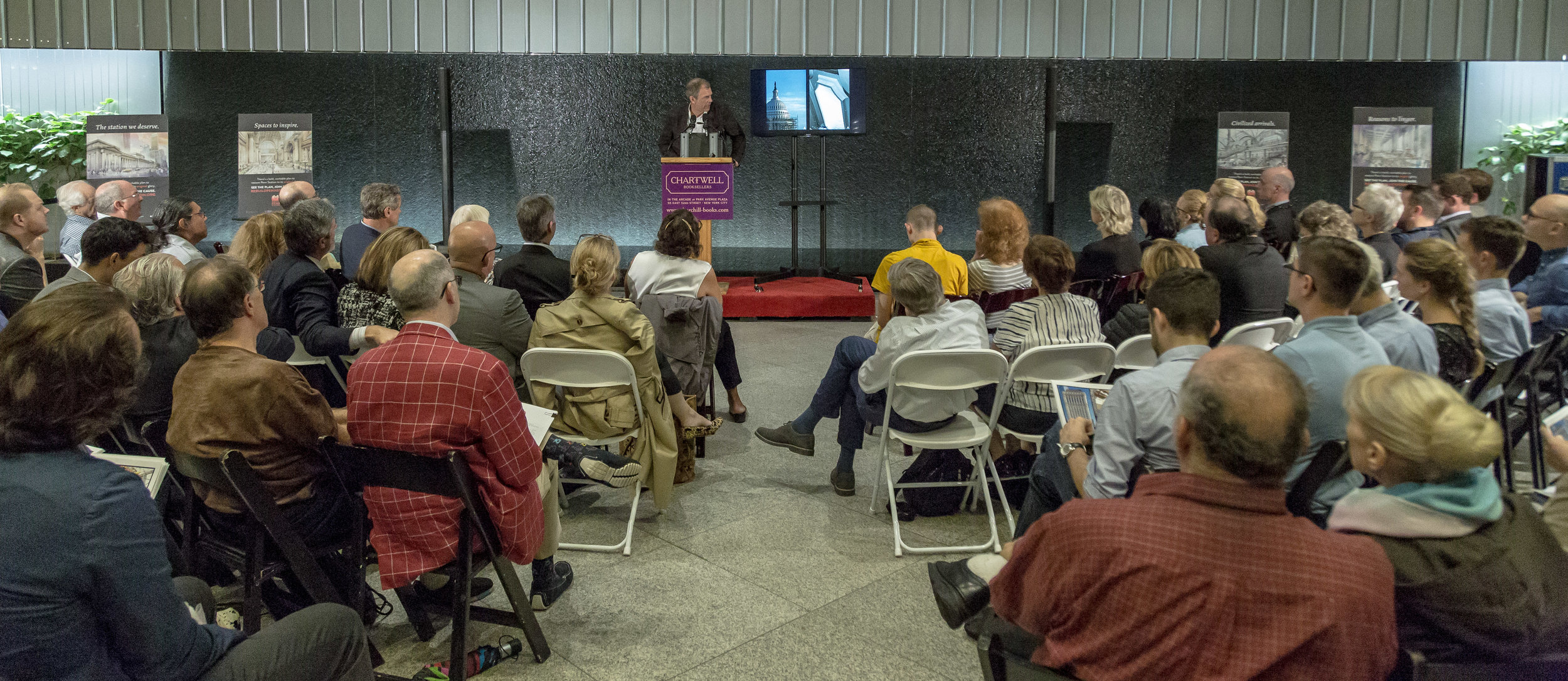
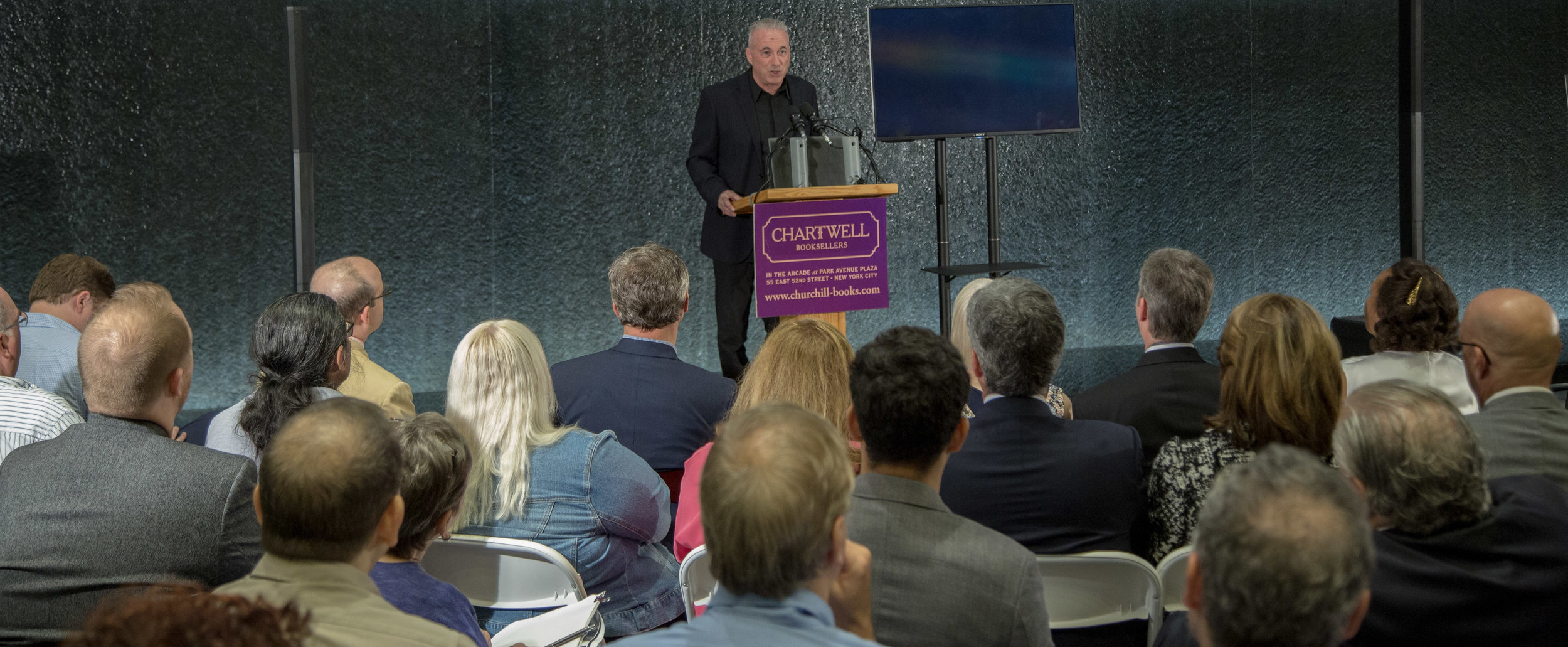
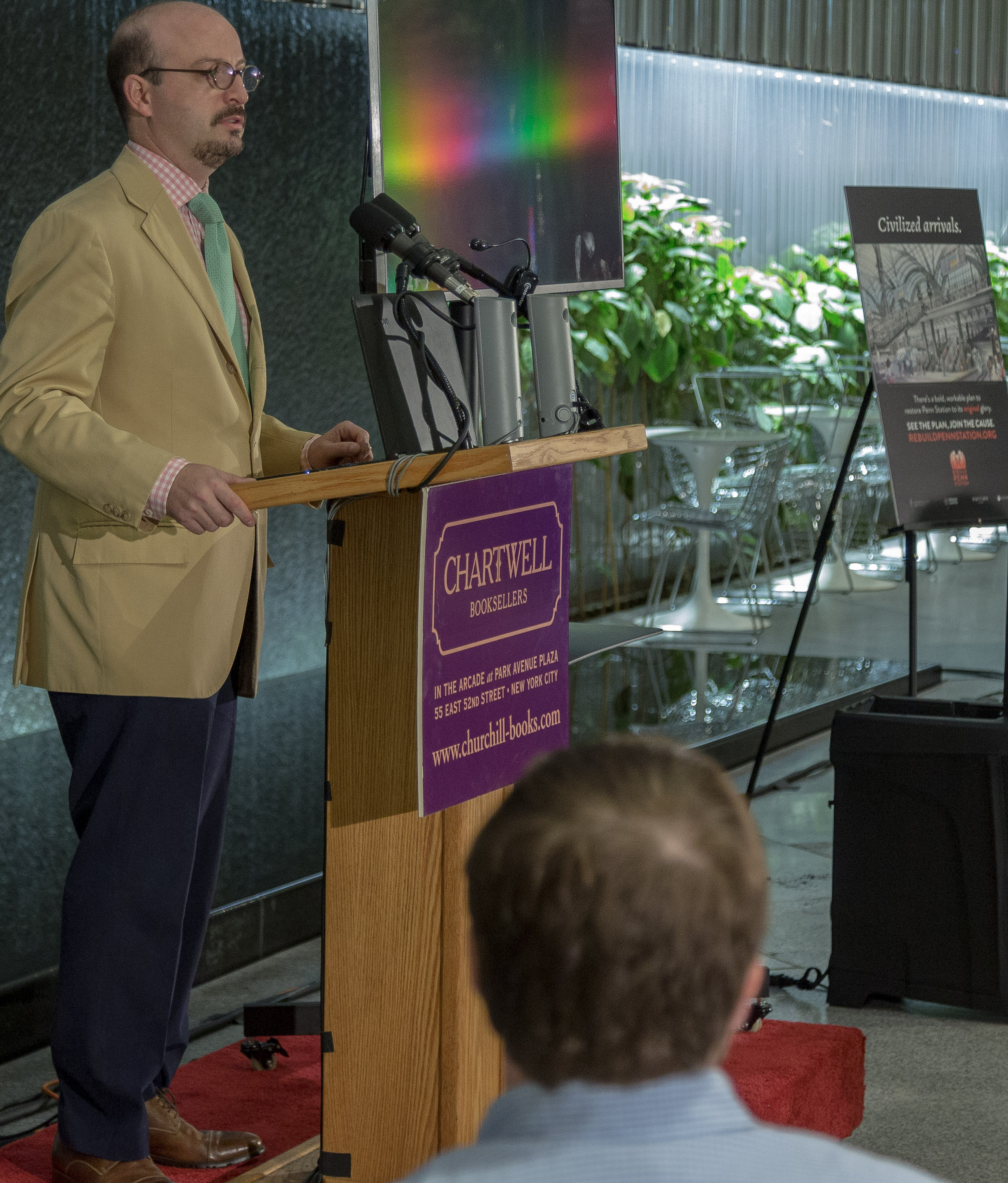
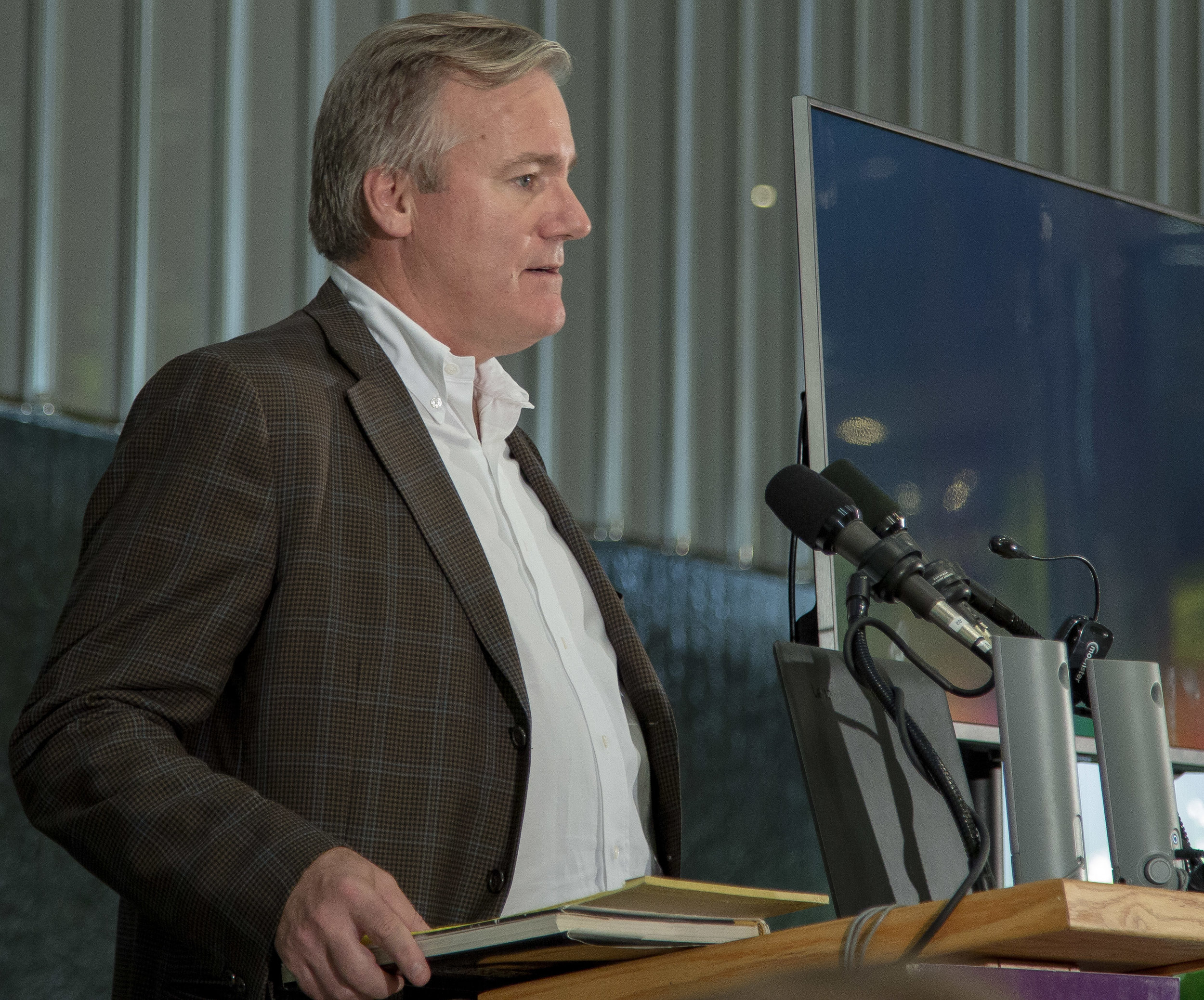
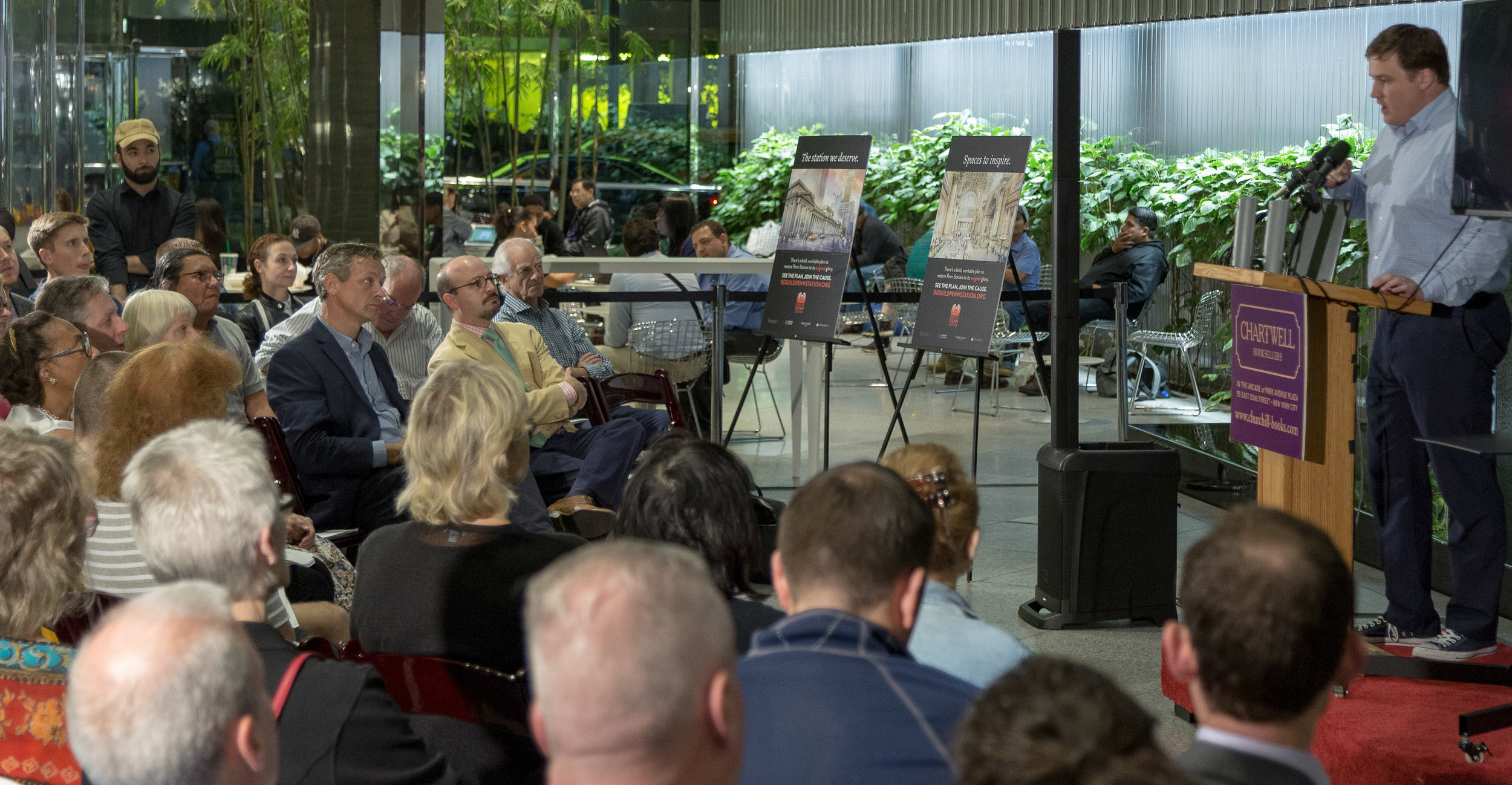
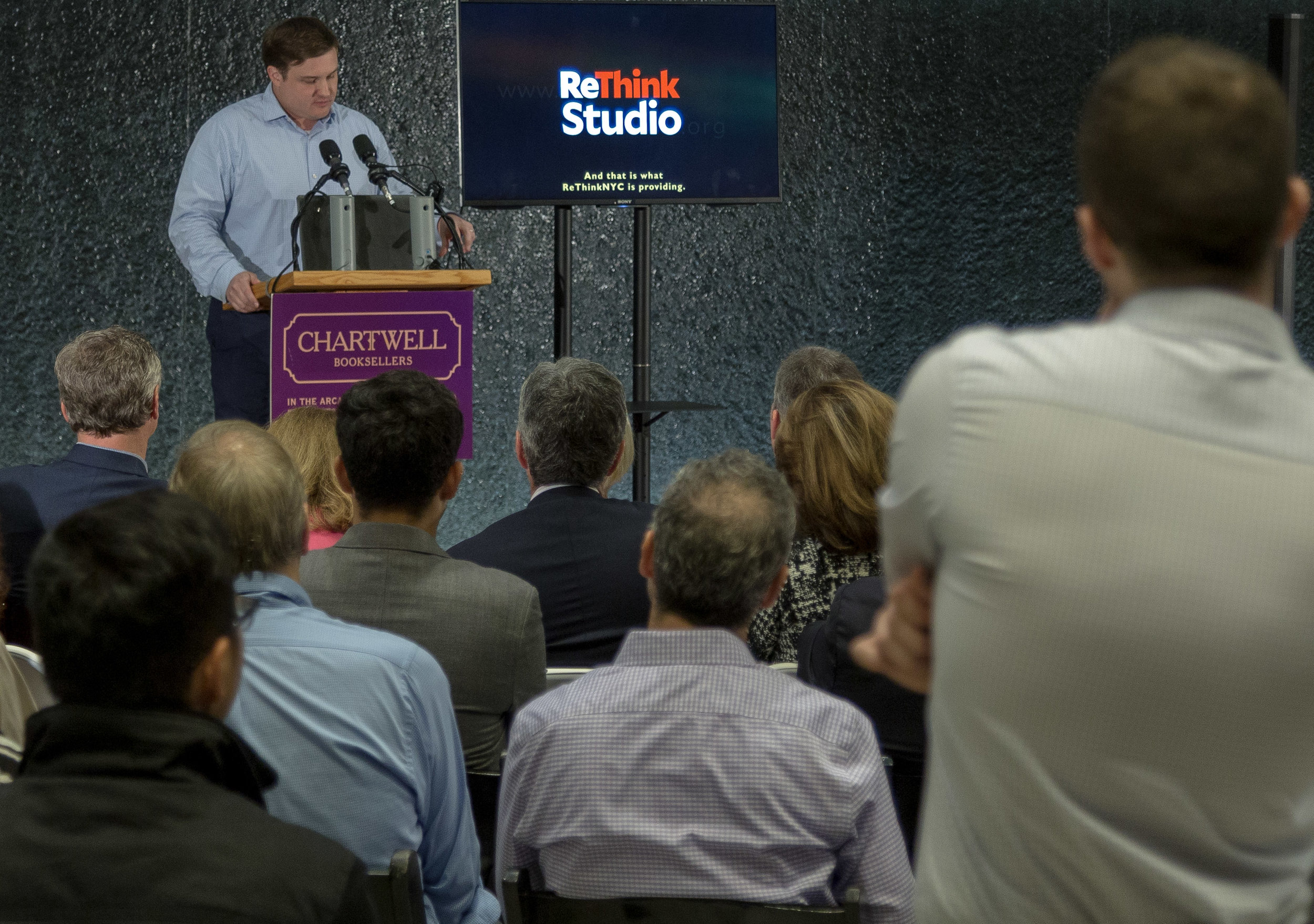
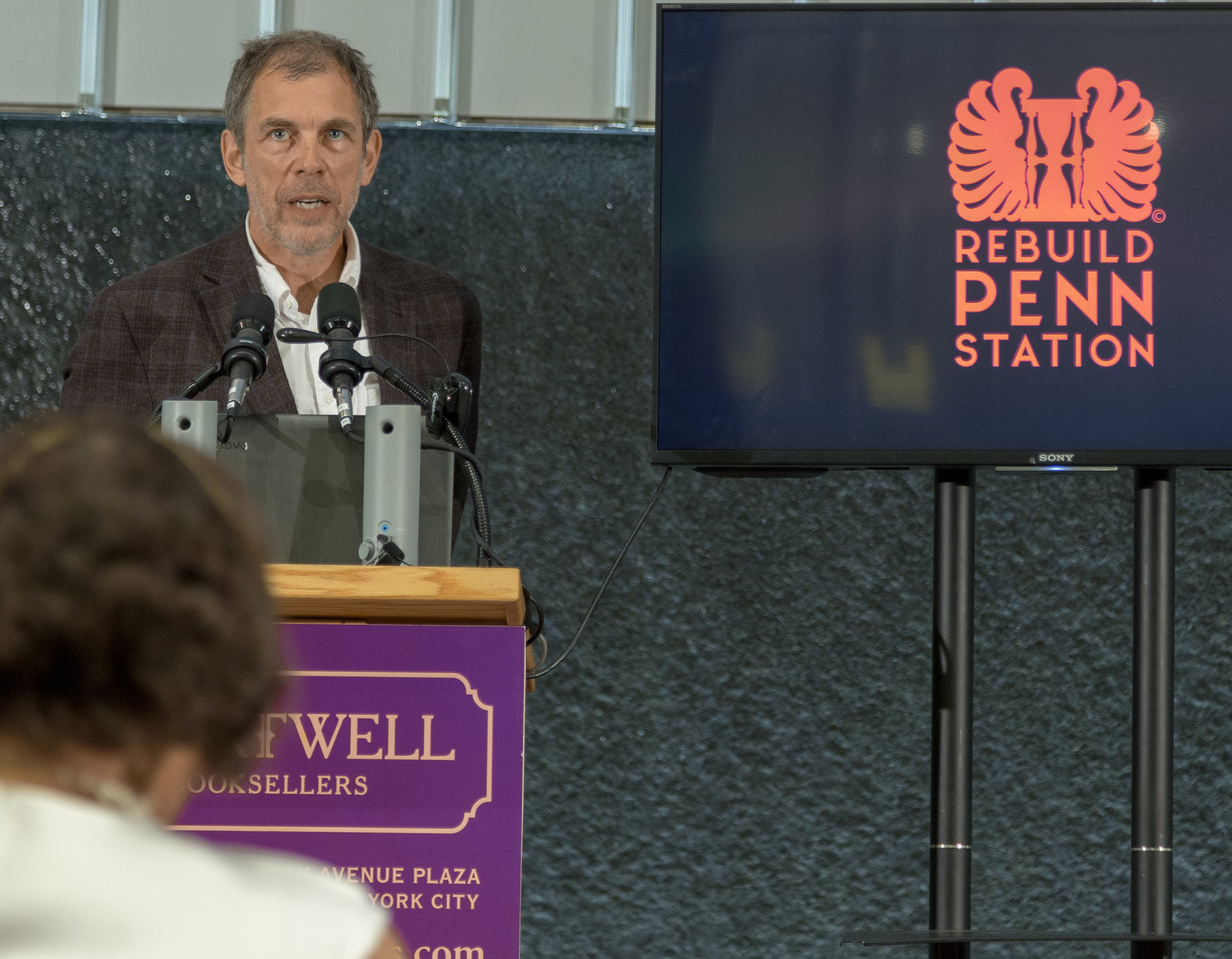
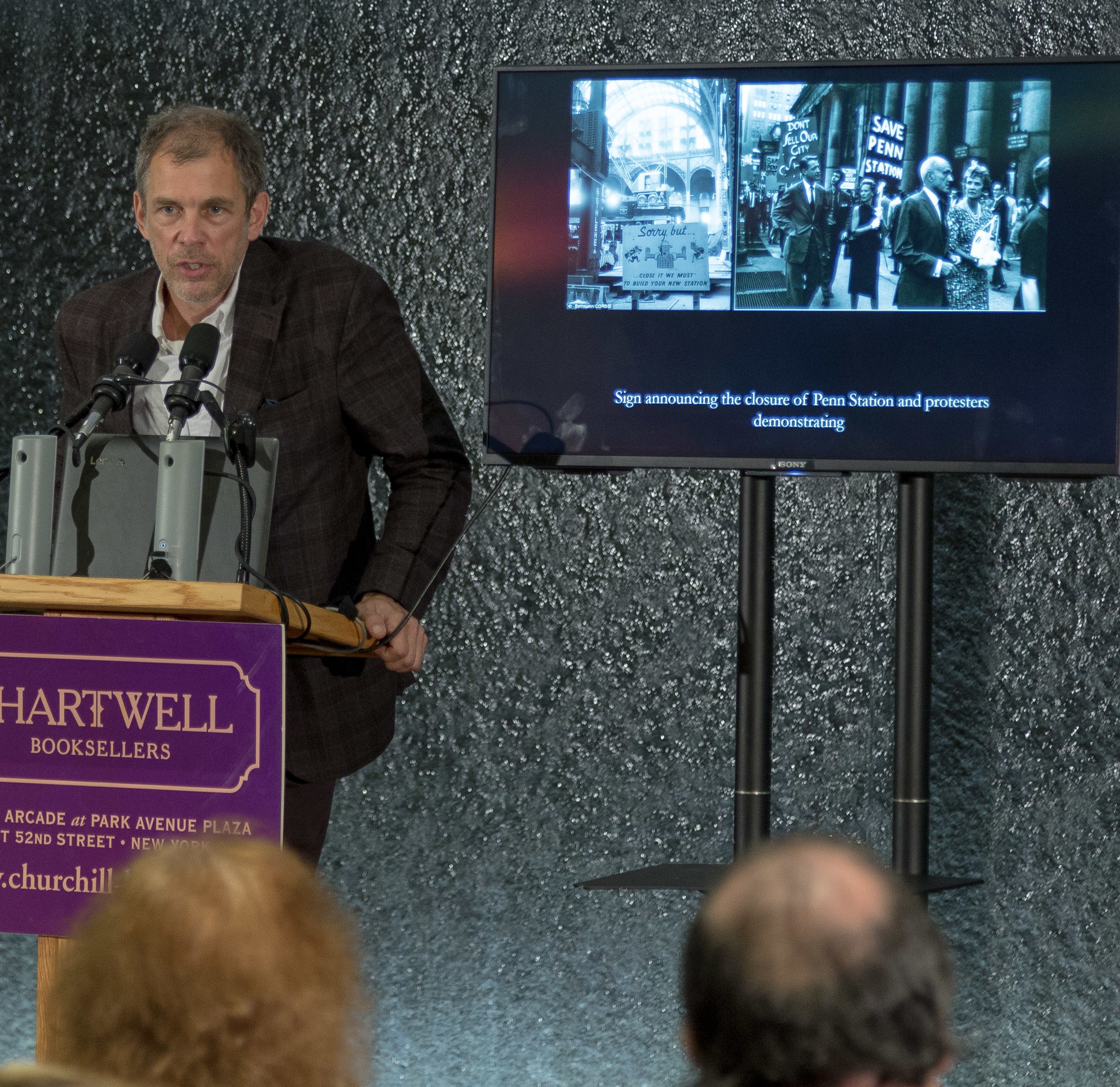
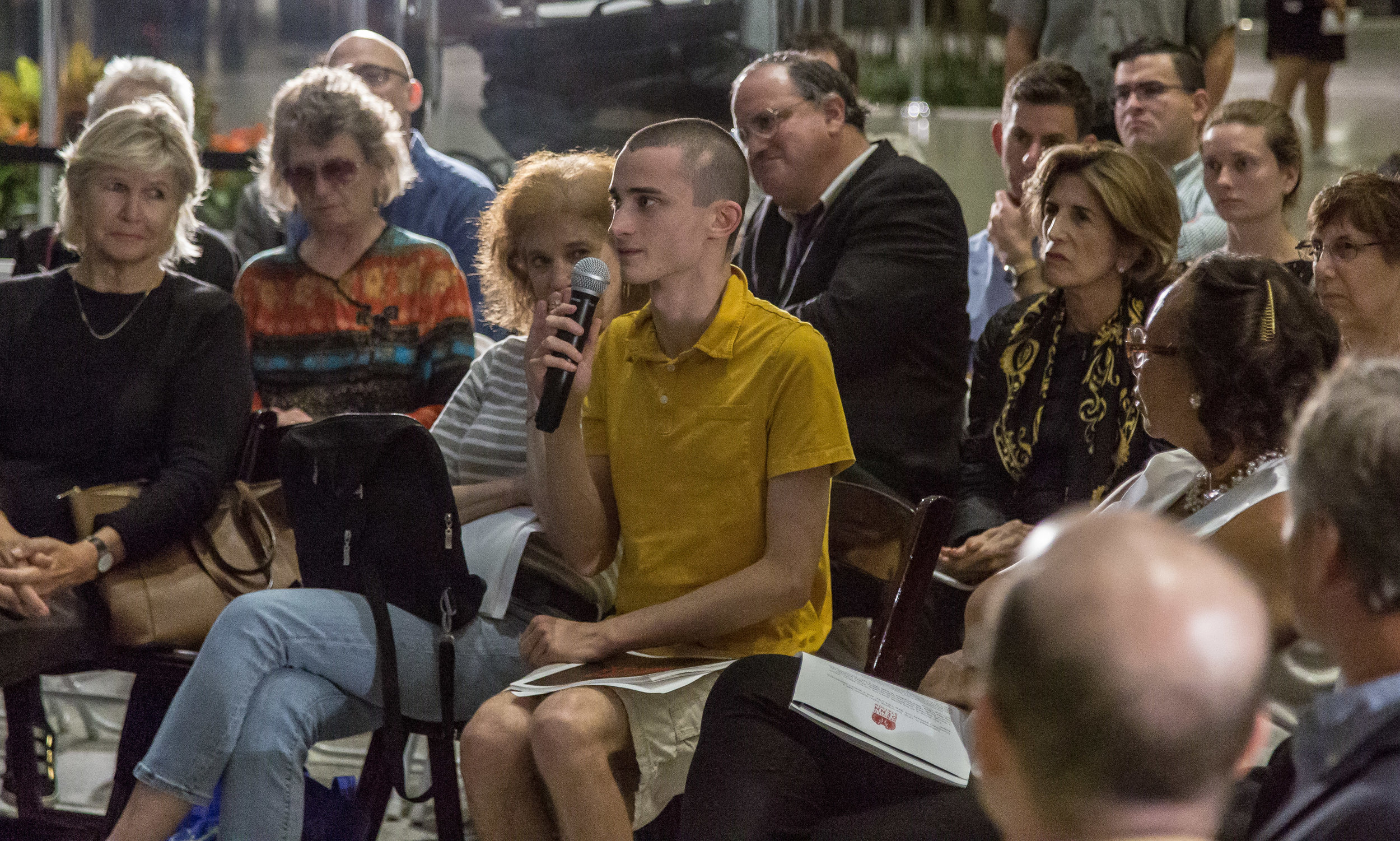
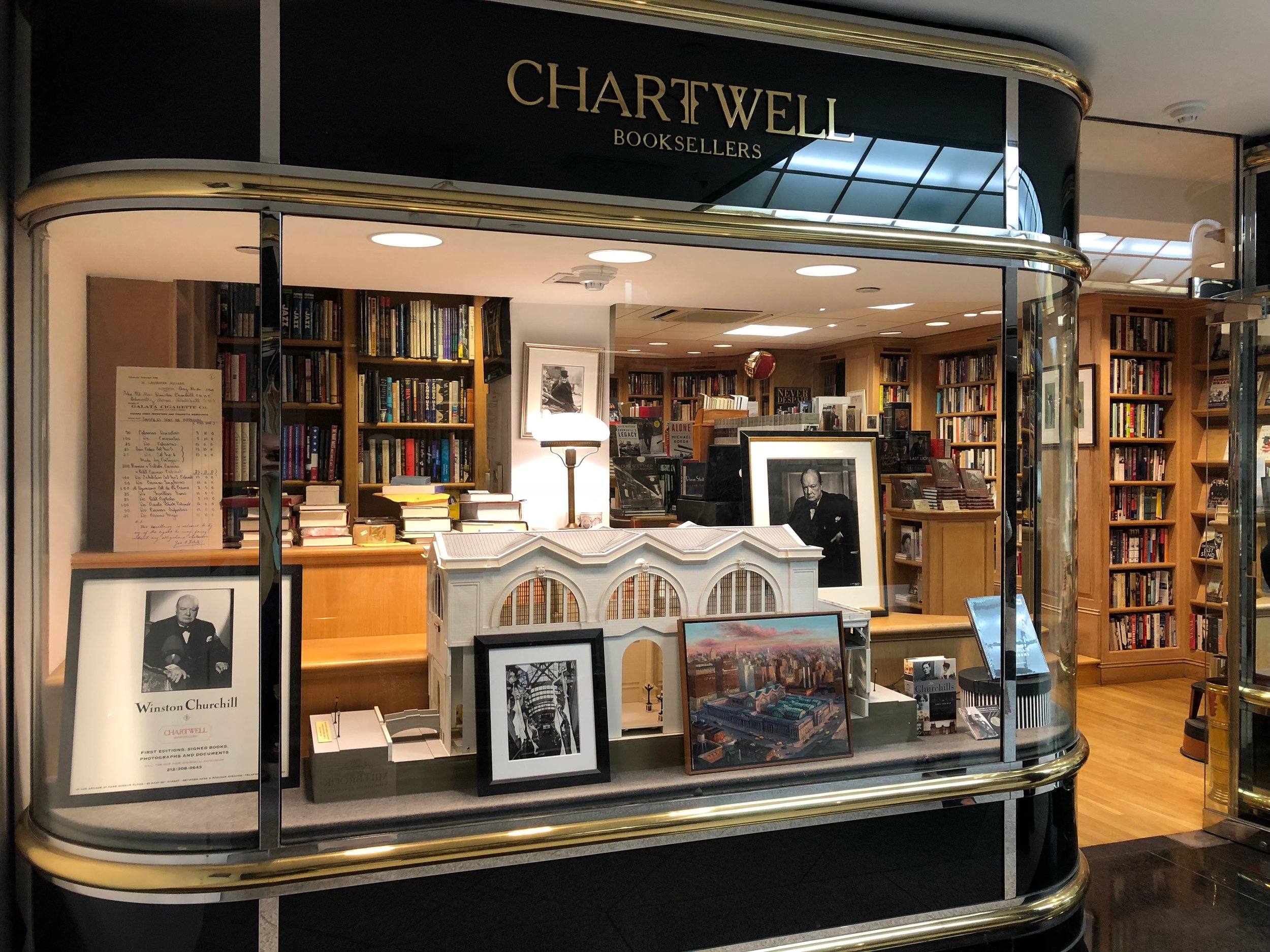
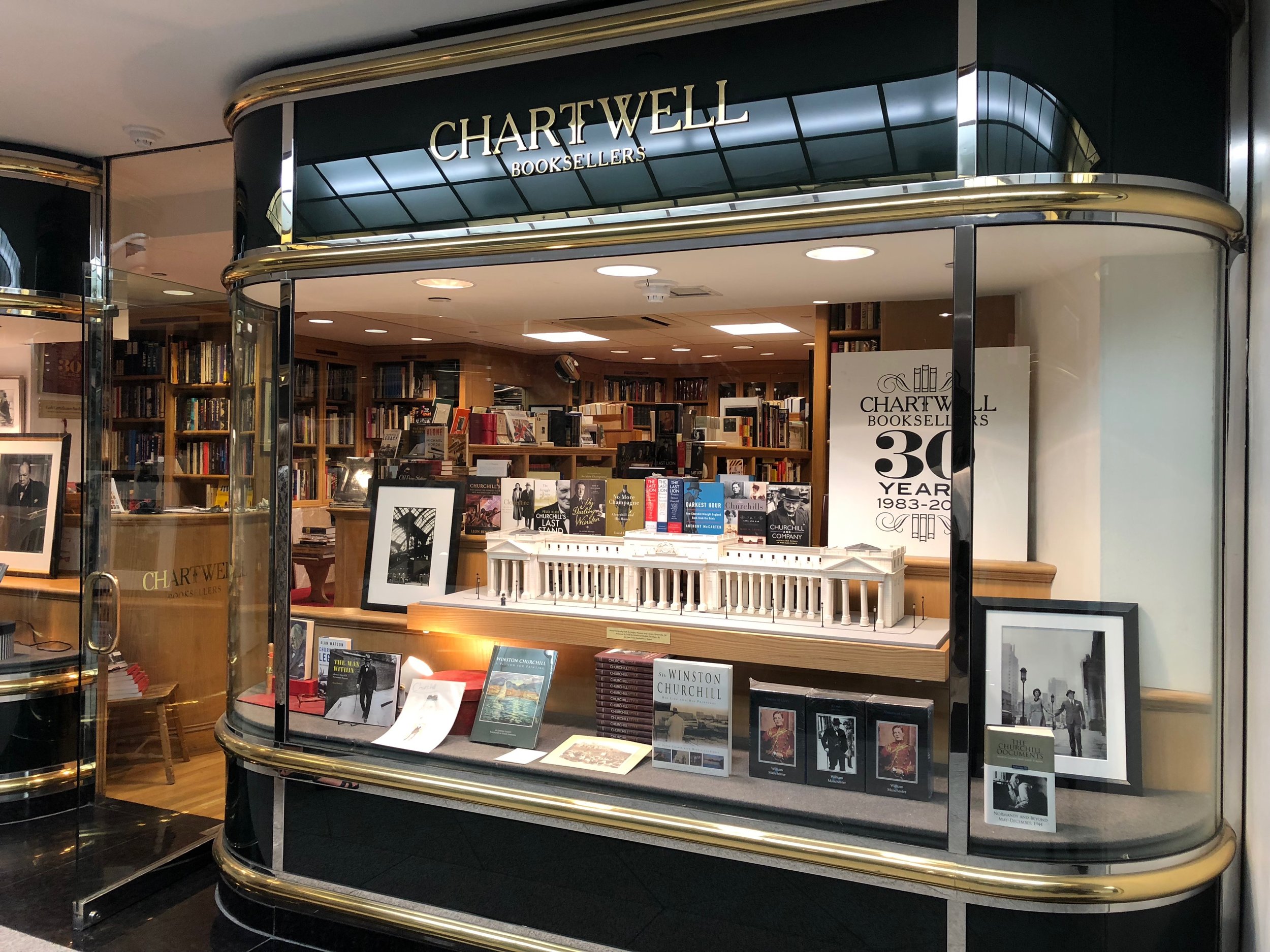
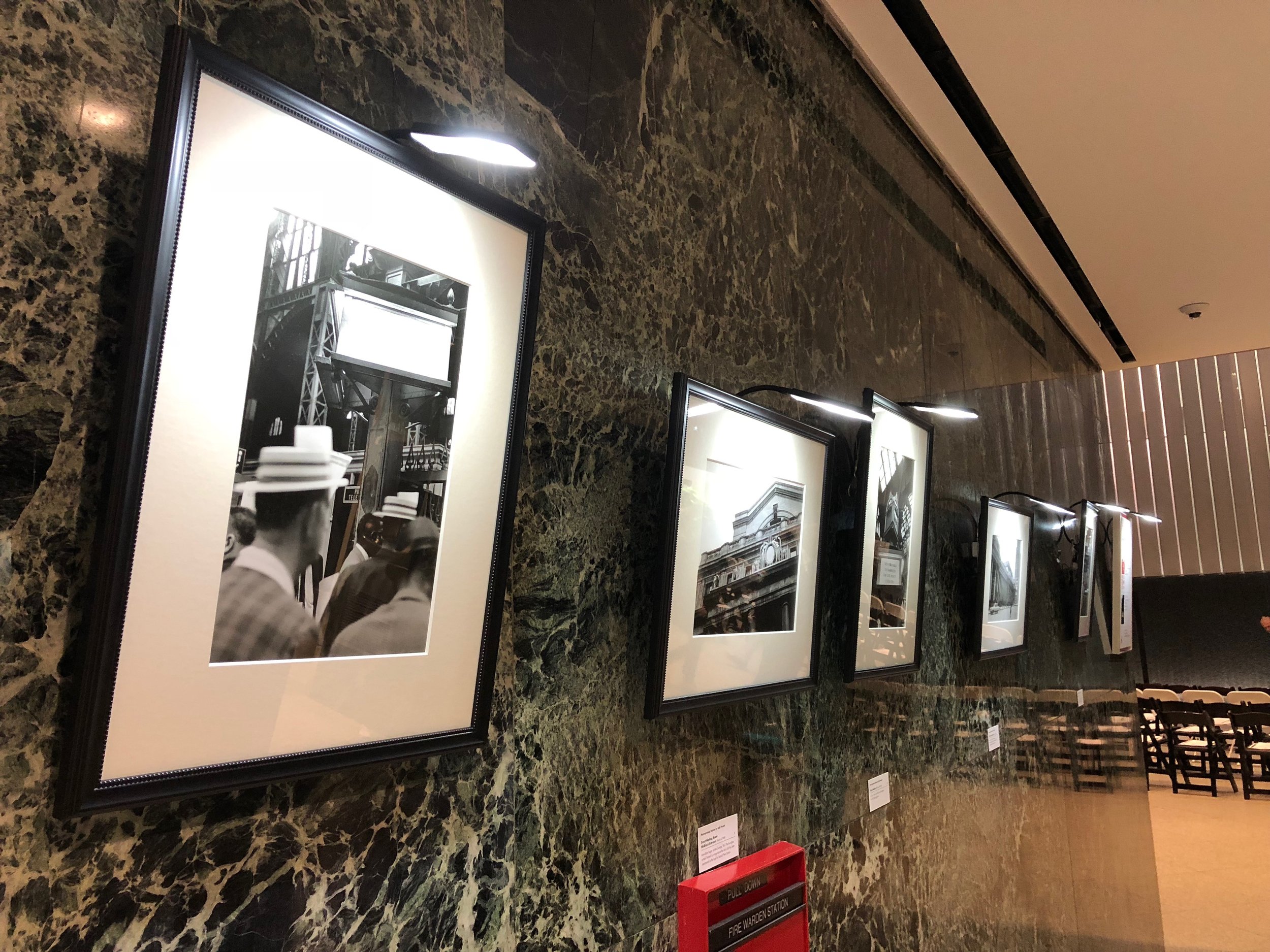
"The Architecture of Bureaucracy" Event in Washington, D.C. on October 17
The National Civic Art Society and C. Boyden Gray Center for the Study of the Administrative State cordially invite you to attend an event on "The Architecture of Bureaucracy" in Washington, D.C. on Wednesday October 17, 2018.
Catesby Leigh, the National Civic Art Society's 2018-2019 Research Fellow, will deliver the keynote address. He will discuss the intellectual and aesthetic inspiration for bureaucratic buildings of the New Deal and later eras, and their stark contrast with the classical principles that influenced the architects of our Capitol, White House, and our republic’s other early buildings.
Agenda:
5:00 PM - 6:00 PM: Registration & Reception
6:00 - 6:10 PM: Welcome by Adam White & Justin Shubow
6:10 - 7:20 PM: Keynote Address by Catesby Leigh
7:20 - 8:15 PM: Reception
Location: Decatur House (748 Jackson Place NW, Washington, DC 20006)
The event is free and open to the public.
Register HERE.
Rebuild Penn Station Panel and Photo Exhibition in New York City on October 4
Opened in 1910, to a miraculous design by McKim, Mead & White, and torn down in 1963 for a shamefully inferior replacement, New York's Penn Station today remains one of the city’s great lost causes.
On Thursday October 4 in New York City, Chartwell Booksellers will host a conversation on Rebuild Penn Station, the National Civic Art Society's project to rebuild the original station. The conversation will feature leaders of Rebuild Penn Station together with design collaborators ReThinkNYC and Atelier & Co.
The conversation which begins at 6:00 PM, will take place in the lobby of the Park Avenue Plaza building at 55 East 52nd St. (between Park & Madison Avenues).
The event will include an exhibition of never-before-seen photographs of the original Penn Station taken by the late-Bob Parent, who is most famous for his portraits of jazz musicians. The exhibition includes Parent's resonant image (see above) of the Penn Station track sign for the train to the August 28, 1963 "March for Jobs and Freedom" in Washington, D.C., where Dr. Martin Luther King would deliver his "I Have A Dream" speech.
The event is free and will be followed by a reception.
RSVP: 212-308-0643 or chartwellbooksellers@gmail.com.
NCAS Research Fellow Catesby Leigh Surveys the Battle Over the National World War I Memorial
Catesby Leigh, the National Civic Art Society's Research Fellow, published an important article in The Weekly Standard in which he surveys and weighs in on the the battle to approve the magnificent classical design for the National World War I Memorial. (For details on the National Civic Art Society's role in the design of the memorial, click here.)
You can find Leigh's article HERE.
“Wethersfield, Manhattan, and the Humanist Prospect” Lecture on August 18
On August 18, 2018, the National Civic Art Society is hosting a lecture by its Research Fellow Catesby Leigh on “Wethersfield, Manhattan, and the Humanist Prospect.” The lecture will take place at the Wethesfield Estate in Amenia, New York.
Chauncey Devereux Stillman built the original part of Wethersfield House in 1940, at the close of a long period in which classicism was the primary idiom of American architectural design. The rambling brick residence, colonial in style with a Greek Revival entry portico, would eventually be enveloped by an Italian Renaissance garden of great distinction.
House and garden together comprise a superb example of humanist place-making. If we turn to the opposite, urban end of the spectrum of human habitats—to the Manhattan that was Stillman’s primary place of residence for most of his life—we encounter many magnificent vistas that are fruits of that same humanist tradition spanning thousands of years. But we also encounter a great many contemporary Manhattan vistas—buildings and even landscapes—that amount to a forthright, even brutal negation of that tradition. This is what results when cultural movers and shakers come to see beauty and authenticity as antithetical.
Can the humanist tradition flourish anew under these circumstances?
WETHERSFIELD ESTATE
(Main House)
88 Wethersfield Way, Amenia, NY 12501
4:30-5:30 PM:
Optional Tour of Wethersfield Garden and Main House
5:30-7:00 PM:
Lecture and Refreshments
To RSVP, please contact rsvp@wethersfield.org or (845) 373-8037.
NCAS Research Fellow Publishes Articles on the Vietnam Veterans Memorial and Brutalism
National Civic Art Society Research Fellow Catesby Leigh has published two highly illuminating articles: the first, in the Claremont Review of Books, on the success of the Vietnam Veterans Memorial; the second, in City Journal, on nostaliga for Brutalism in the United Kingdom.
In the first article he writes:
in the annals of western art, “genius” has most often been ascribed to works exhibiting a high order of formal complexity as well as formal invention: the sculptures of Ictinus and Michelangelo, the paintings of Raphael and Caravaggio, the cathedrals and churches of the medieval master builders and Sir Christopher Wren. By this measure, we might by all means admire the Washington Monument—a simple, unornamented obelisk—but we wouldn’t expect to hear it described as “a work of genius.” ...
Lin’s wall could only be considered “a work of genius” within an eminently questionable modernist frame of reference. But it is an inspired work in its way, and one of the most important of all modernist creations if only because of the millions of people who have been moved by it.
You can find the whole article HERE.
In his article in City Journal, Leigh explains:
Brutalism’s common denominator was that it wasn’t about aesthetics but authenticity. What is authenticity? Whatever the au courant modernist happens to think is the real deal. “Authenticity” is, in fact, the most important word in the modernist lexicon. Unfortunately for millions of postwar Britons, it is a fairly reliable antonym for “beauty” or “domesticity.” Its modern roots lie in the separation of authentic or genuine artworks from fakes. So far as architecture is concerned, however, the term is totally subjective. Brutalism’s pathologically materialistic criteria for authenticity include the use of industrial materials and emphatic exposure not only of a building’s structural system but also of functional innards such as stairwells, elevator cores, ductwork, and so on.
You can find that article HERE.
Birmingham Central Public Library
NCAS Appoints Catesby Leigh as Its 2018-2019 Research Fellow
The National Civic Art Society is proud to announce the appointment of Catesby Leigh, a critic who has written extensively about public art and architecture, as its 2018-2019 Research Fellow. Leigh is a co-founder of the NCAS and retired from the board in 2008 after serving as chair for six years. His research will focus on the monumental tradition in American civic art.
Leigh was born and raised in Washington, D.C. After graduating from Princeton, he spent most of the 1980s in South America as a foreign correspondent for the Cox Newspapers chain. Visiting many cities and towns in the region, he grew increasingly interested in traditional architectural environments, and was struck by their Modernist counterparts’ failure to achieve comparable levels of visual or physical amenity. After moving back to the United States, Leigh met the distinguished architectural historian Henry Hope Reed, who became a mentor.
Leigh's first architectural articles appeared in 1991. Since then his commentary has appeared in publications including the Wall Street Journal, Weekly Standard, National Review, First Things, City Journal, and the Claremont Review of Books.
Below please find a selection of his articles:
"A Genius in Draft Form," National Review
"Penn Station, Reborn?," City Journal
"Captured in Bronze," Claremont Review of Books
"CLASSICAL ARCHITECTURE AND MONUMENTS OF D.C." BOOK TALK
The National Civic Art Society cordially invites you to attend a book talk and discussion in conjunction with the publication of Classical Architecture and Monuments of Washington, D.C.: A History and Guide by Michael Curtis. A reception will follow. RSVP here.
Discussing the book will be Al Cox, Historic Preservation Manager for the City of Alexandria, and Andy Seferlis, a professional tour guide and stone-carver who updated the book The Outdoor Sculpture of Washington D.C.: A Comprehensive Historical Guide.
About the author: A co-founder of the National Civic Art Society who serves on its Board of Directors, Michael Curtis studied classical architecture at the University of Michigan, and painting, sculpture, and engraving in Florence, Italy. He has been a sculptor for more than 25 years. Major commissions include The History of Texas at the Texas Rangers Ball Park in Arlington, Texas, the largest American frieze produced in the 20th Century, as well as portrait busts for the Jefferson Building of the Library of Congress, the U.S. Supreme Court’s Thurgood Marshall Building, and many other public venues. His specialty is portraiture and fine medals.
Upcoming Event: Dramatic Cultural Change and the Future of Architecture
On November 14, 2017 at 6 p.m. at the Cosmos Club in Washington, D.C., the National Civic Art Society is hosting a dialogue discussion on"Dramatic Cultural Change and the Future of Architecture."
The question is: In a time of increasing globalization, technological growth, and social alienation, what role ought architecture play? Should it keep pace with "modernity" and be equally au courant? Should it look back to tradition to encourage people to feel at home in the world? Or is there a third way?
Our speakers will be architects Duo Dickinson and Michael G. Imber, FAIA.
For more information, and to register, click HERE.
LECTURE: COSMOS CLUB IN WASHINGTON, D.C.
On October 16, 2016, the National Civic Art Society hosted a lecture at the Cosmos Club in Washington, D.C. by Calder Loth, Senior Architectural Historian for the Virginia Department of Historic Resources. His subject was "Reconstructing Lost Architecture: A Commendable Tradition." He provided the arguments for rebuilding destroyed historic landmarks, and offers examples from around the world. Loth noted that the reconstruction of demolished historic structures has long been considered strictly forbidden. The loss of a significant building is usually considered to be an opportunity to rebuild with a structure reflecting a "contemporary" aesthetic and lifestyle. Nevertheless, a widespread popular sentiment holds that natural or man-made disasters should not deprive us of important heritage, and that accurate rebuilding of landmarks is a commendable activity since reconstructions serve emotional, patriotic, aesthetic, and educational needs. Moreover, the majority of reconstructions are serious, scholarly achievements. Time has shown that few people regret these resurrected buildings.
"The Glory of Penn Station: Lost Forever?" Lecture in NYC on October 26
New Yorkers continue to mourn the loss of McKim, Mead & White’s magnificent Pennsylvania Station, which opened in 1911 and was egregiously razed a mere 53 years later, to intense public outrage. It lives on in our collective memory and in countless books and documentaries. But how many of us dream that one day, the quintessence of Beaux Arts glory would return? Sound far-fetched? Maybe not. On October 26 in New York City, architect Richard Cameron will detail the National Civic Art Society's plan to rebuild McKim’s masterpiece. Historian David Garrard Lowe will begin the program with an illustrated tribute to Charles Follen McKim, and the presentation will conclude with a discussion of the campaign to resurrect the station. An event not to be missed!
Date and Time: October 26 at 6:00 PM
Location: India House, One Hanover Square, New York, NY 10004
Cost: $59
Details: The lecture will be preceded by a cocktail reception and followed by a buffet dinner.
RSVP: You must reserve directly with India House at (212) 269-2323, press 3; or e-mail membership@indiahouse.nyc. Payment required in advance to India House, cash or check only.
About the Speakers:
Richard Cameron is principal at Atelier & Co, a boutique architecture and design firm based in Brooklyn. In 1991 he co-founded the Institute for the Study of Classical Architecture (now The Institute of Classical Architecture & Art). He has taught drawing, design, and history at the Institute since its foundation. He is currently the Acting Director of Education and the Director of The Beaux Arts Atelier. His work has appeared in The New York Times, Wall Street Journal, House & Garden, and Period Homes.
David Garrard Lowe is a well-known lecturer, cultural historian, and author. His articles have appeared in The New York Times, Wall Street Journal, American Heritage, House & Garden, and City Journal. His books include Stanford White's New York; Beaux Arts New York; Lost Chicago; and Art Deco New York. Mr. Lowe has lectured at the Metropolitan Museum of Art, Cooper-Hewitt Museum, Smithsonian, Art Institute of Chicago, American Academy in Rome, on cruises in the Mediterranean, and crossing the Atlantic on Queen Mary 2.
RealClearPolitics profile of the National Civic Art Society
Rendering of the National Eisenhower Memorial.
On July 19, 2015, RealClearPolitics published the following article about the National Civic Art Society.
People Who Hate the Eisenhower Memorial
By Matthew Disler
Tourists milled around the Martin Luther King, Jr. Memorial last Friday, snapping photos in front of the 30-foot tall granite statue of the civil rights leader standing, arms folded, facing the Tidal Basin and the Washington Monument. Rapturous visitors wandered along the wall encircling the figure of King emerging from a mountainous slab of rock, engraved with a passage from his “I Have a Dream” speech: “Out of the mountain of despair, a stone of hope.”
Justin Shubow was having none of it.
“I think it’s an embarrassment for numerous reasons,” he stated bluntly, ticking off a litany of criticisms of the monument’s design: it was sculpted by a Chinese artist who didn’t speak English or know much about King; it ignores his religious background; it makes him look too angry. Shubow termed the quotations “second-rate” (“It’s as if you go to the Lincoln Memorial and don’t get the Gettysburg Address”) and noted that King is not wearing his wedding band.
This fierce critic is the president of the National Civic Art Society, an organization with some 100 members that has been at the forefront of the opposition to Dwight D. Eisenhower Memorial. The non-profit’s mission states that it is focused on educating the public about the classical tradition in Washington’s memorials and buildings and helping policymakers and planners continue this practice. Shubow and his organization decry the recent series of modernist memorials, which they think is highlighted garishly in famed architect Frank Gehry’s design for the Eisenhower Memorial.
It’s not the only one Justin Shubow disdains. The World War II Memorial? Shubow finds it “reminiscent of the architecture of fascist Italy,” with “Germanic wreaths,” “creepy eagles,” and a pointless fountain.
“It could easily be a Wehrmacht memorial,” he said.
Franklin Roosevelt’s Memorial? “I think it’s defeatist,” Shubow said, later adding, “The focal point [of the central statue] is his little dog. Everyone squats down and takes cutesy photos with it. It’s a piece of kitsch.”
The proposed Eisenhower Memorial, however, currently bears the brunt of his ire. Shubow and his group have become go-to sources for criticisms about the memorial in papers like The Washington Post, New York Times, and The Daily Beast, largely through their sheer doggedness. In 2011, the organization ran a shoestring-budget competition for an alternate to the Gehry design, “to suggest what a classical or traditional alternative might look like,” in Shubow’s words. He started submitting Freedom of Information Act requests about the Eisenhower Memorial Commission’s design competition, run by the General Services Administration, and in 2012 he penned a 154-page report disparaging the Gehry plan, from the design competition process (which critics like the group Right by Ikedenounce as closed and unfair) to the ballooning costs for the project. In 2013, he testified against it in a House Committee on Natural Resources subcommittee hearing.
“I think we have been focused and unrelenting, and I think we’ve had an excellent champion with Justin Shubow, who really has been a very capable leader in this endeavor and has been tenacious in his fight,” said Milton Grenfell, a director of NCAS and a Washington, D.C.-based architect. “We’ve sort of moved into de factoleaders.”
The NCAS derides the Gehry memorial as ungainly and ill-befitting the man who led the Allied Forces to victory in Europe in World War II and became the 34thpresident. The design’s most recent iteration features a 447-foot long, eight-story metal tapestry depicting a landscape in Eisenhower’s hometown of Abilene, Kan., as well as two free-standing columns and a “core” of statues depicting Eisenhower as general, president, and a young man gazing out at his future achievements.
The memorial has changed substantially since it was introduced and given preliminary approval by the Commission of Fine Arts in 2011 (it needs approval from both the CFA and the National Capital Planning Commission before construction starts). Initially, metal tapestries surrounded the memorial’s inner core on three sides; the statues of Eisenhower as general and president were bas-reliefs; and the statue of Eisenhower in the center of the memorial depicted him as a “barefoot boy,” in reference to a speech he gave soon after World War II.
Soon after the design was unveiled, Eisenhower family members began voicing their disapproval. That December, a Washington Post story quoted Susan and Anne Eisenhower, two of Ike’s granddaughters, speaking against Gehry’s proposal. After the piece ran, David Eisenhower—the only member of the family who sat on the Eisenhower Memorial Commission—resigned, explaining that he was concerned about a potential conflict of interest between his position and his new role as chairman of the Eisenhower Foundation (which runs the president’s library and museum).
In June of this year, the House Committee on Appropriations stripped all funding for the commission for the next fiscal year in its Interior-EPA appropriations bill and called for a “reset” on the memorial process, while the Senate committee allotted $1 million. In contrast, the NCPC had said that more than $70 million would be needed this year for construction to start.
“We’re hoping that in the budget compromise, the Senate will side with the House and call for a total reset of the design with an open, democratic competition,” said Shubow. “And that’s going to include a classical design, one that comports with the best of our memorial tradition.”
On July 9, the NCPC approved the final design for the memorial, with only one member dissenting. Former Sen. Bob Dole was one of the leading voices in support of the memorial, calling on the commissioners in a written statement to approve the design quickly in the name of World War II veterans—“a million aging American heroes who revere Ike and want to honor him before we are all gone.”
In his remarks at that meeting, Shubow attacked the nighttime lighting plan, arguing that the steel tapestry “will look like a glowing billboard or movie screen. It’s distracting brightness will undeniably ruin the vista to the Capitol.”
Broadly, the NCAS’s principal grievance is aesthetic, although both Grenfell and Shubow admitted that their complaints go deeper. To them, Gehry’s memorial is too modernist, and in its attempts to be something new and never-before-seen it misses the point about what a monument is supposed to do.
A good monument, Grenfell explained, should be easy to understand and beautiful.
“In terms of beauty—frankly, most modern artists don’t even think of the word,” he continued. “They think of the word ‘challenging’ and ‘cutting edge’ or something, but not ‘beauty.’ I think we need to reconnect with the great tradition of monument and architecture to go forward—not to reject it wholeheartedly, but to continue with it and evolve with it the way civilizations have always addressed monuments and art.”
Shubow concurs. “For what the public knows, it’s mainly aesthetic,” he says. “But for people who understand more, it’s about the spending, and also there’s the competition.”
So how about the Jefferson Memorial, he is asked. Does that pass muster? Shubow doesn’t hesitate: “I think it’s magnificent
NEW URBANISM AND THE HUMAN HABITAT: BEAUTY IN THE NATURAL AND BUILT ENVIRONMENT
On May 13, 2015 at the Phillips Collection in Washington, D.C., the National Civic Art Society hosted a panel discussion on "New Urbanism and the Human Habitat: Beauty in the Natural and Built Environment."
Speakers:
- James Howard Kunstler, author of The Geography of Nowhere
- Michael Mehaffy, Portland-based urban designer
- Roger Scruton, English philosopher and public commentator
- Moderator: Orsolya Ujj, Pannonius Fellow of the Common Sense Society
U.S. House Briefing on the EISENHOWER MEMORIAL
On July 18, 2014, at the U.S. House Rayburn Office Building in Washington, D.C., the National Civic Art Society hosted a briefing to discuss the current state of the Eisenhower Memorial and its future prospects. The panel concluded that the design is dead, and advocated for a new, open competition.
Speakers:
- The Hon. Bruce Cole, former Chairman of the National Endowment of the Humanities, and President Obama's appointee to the Eisenhower Memorial Commission
- Justin Shubow, President of the National Civic Art Society
- Catesby Leigh, art and architecture critic
- Moderator: Howard Segermark, Chairman Emeritus of the National Civic Art Society









